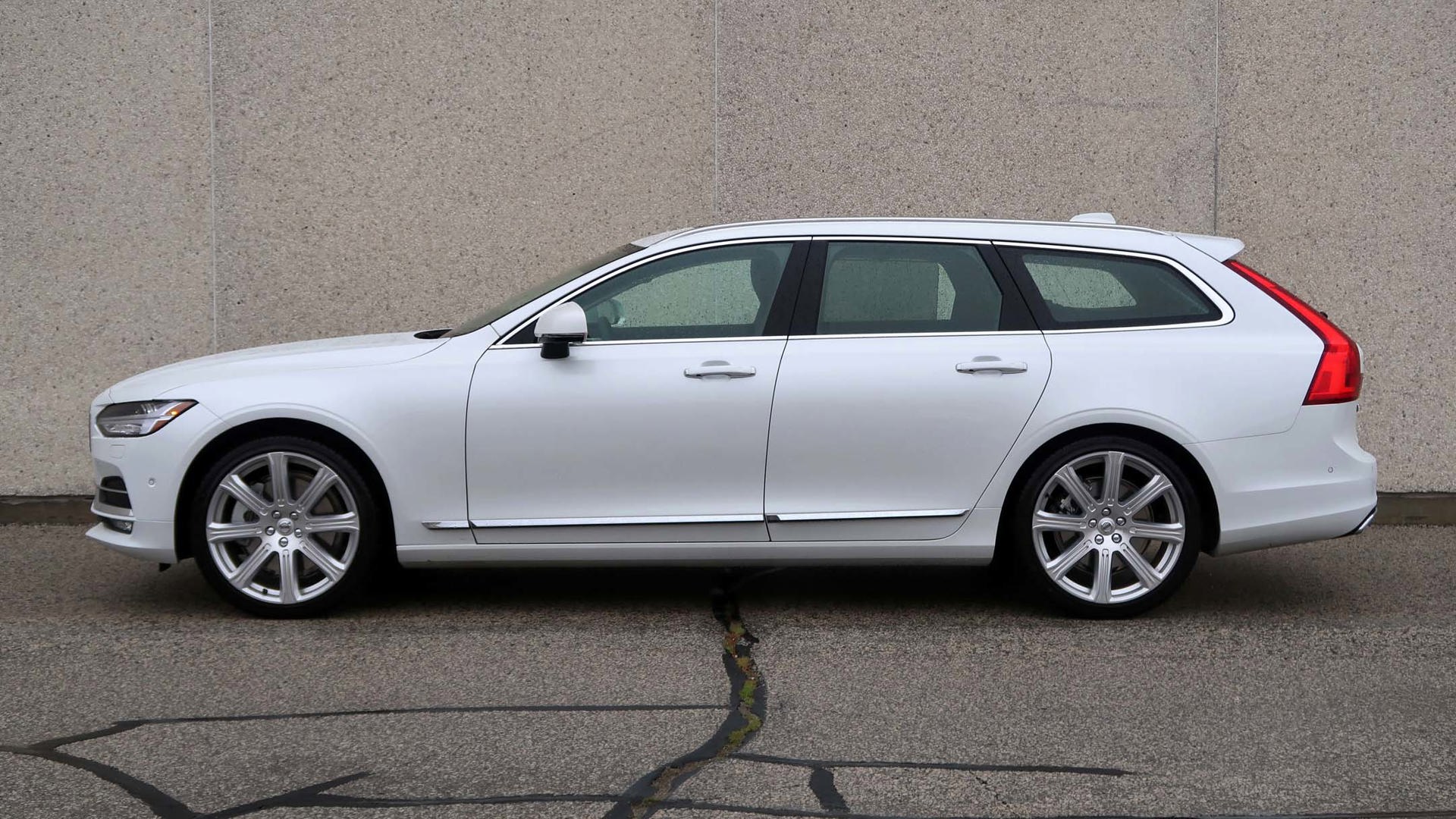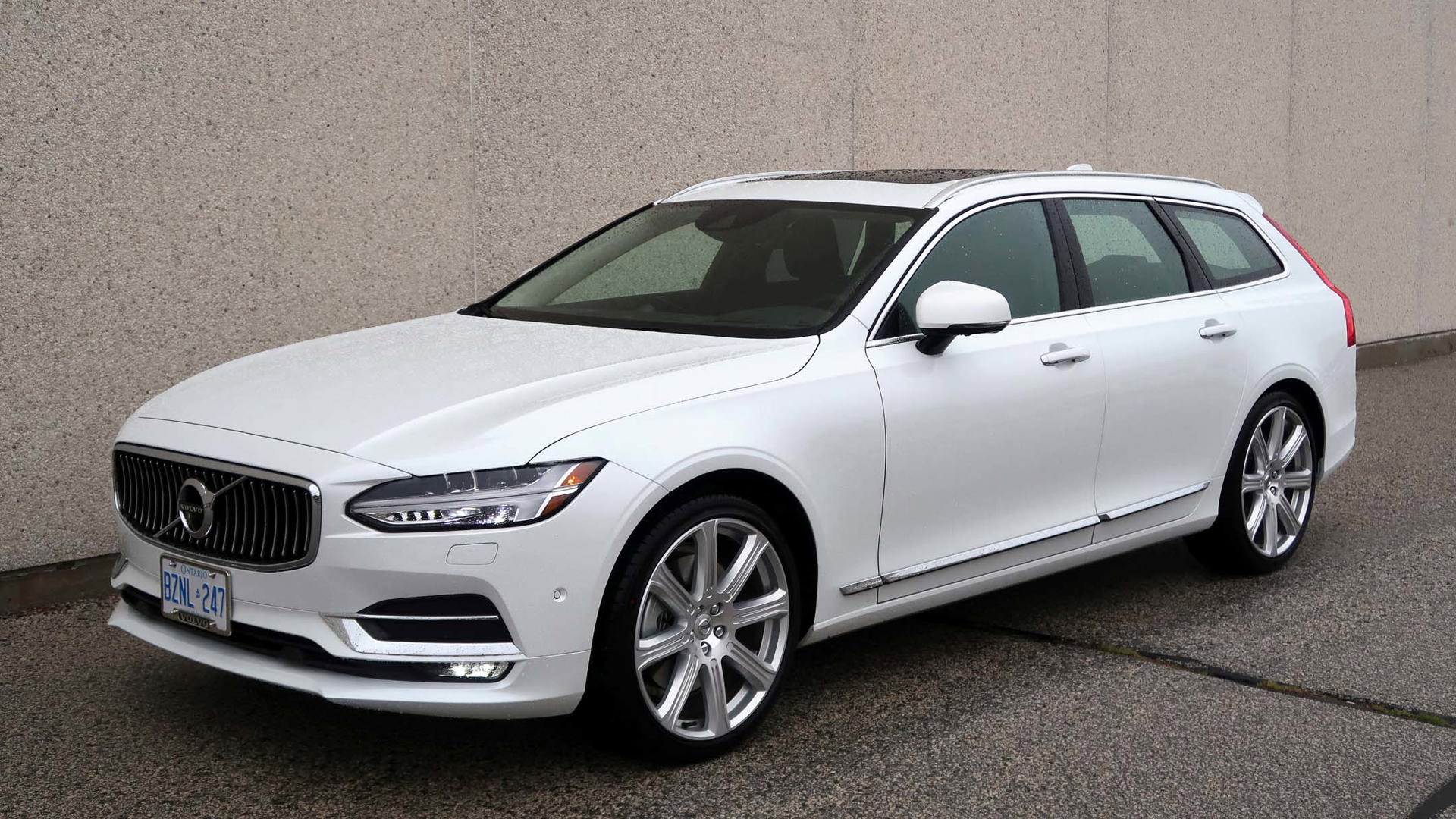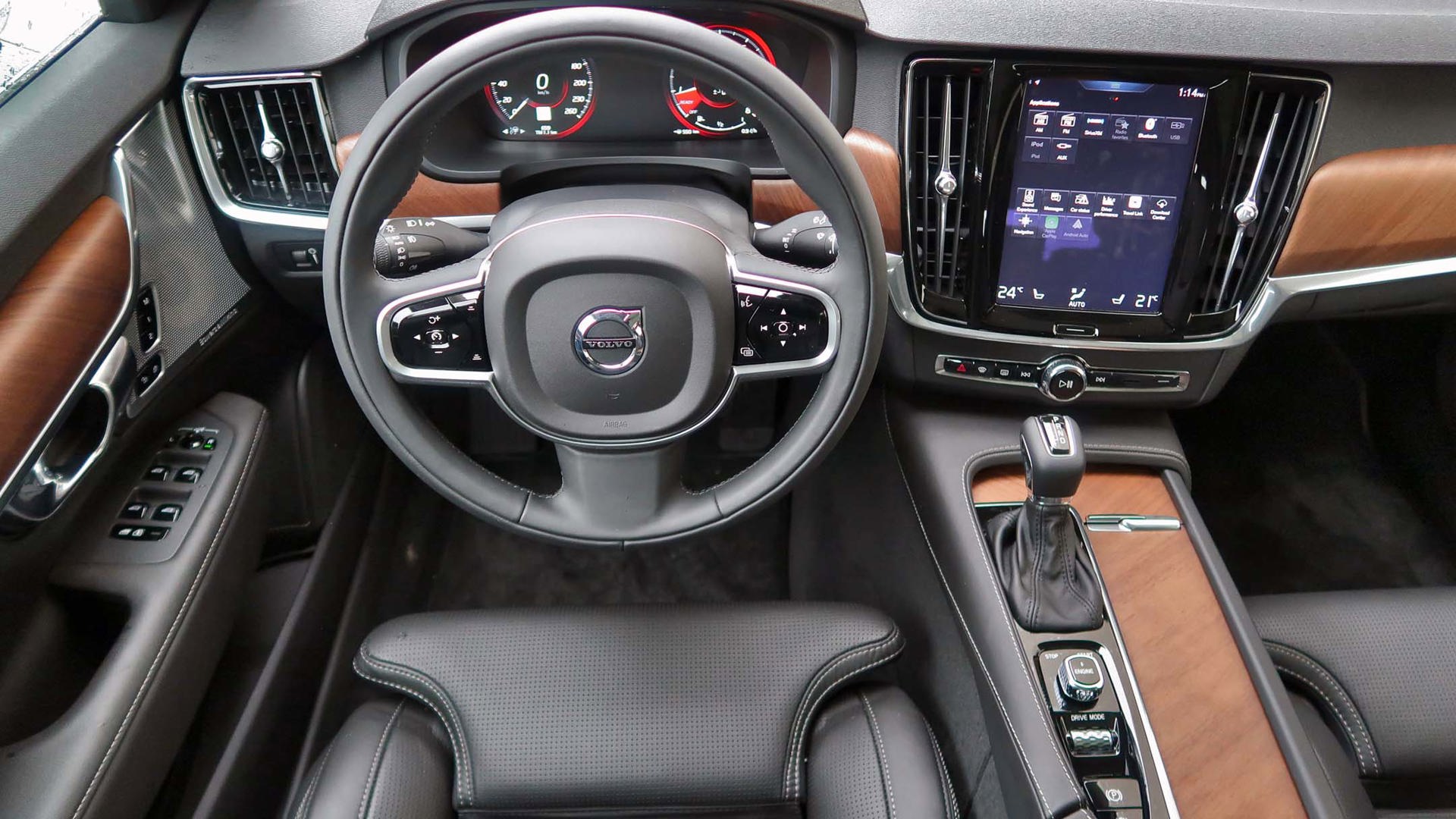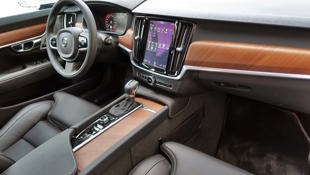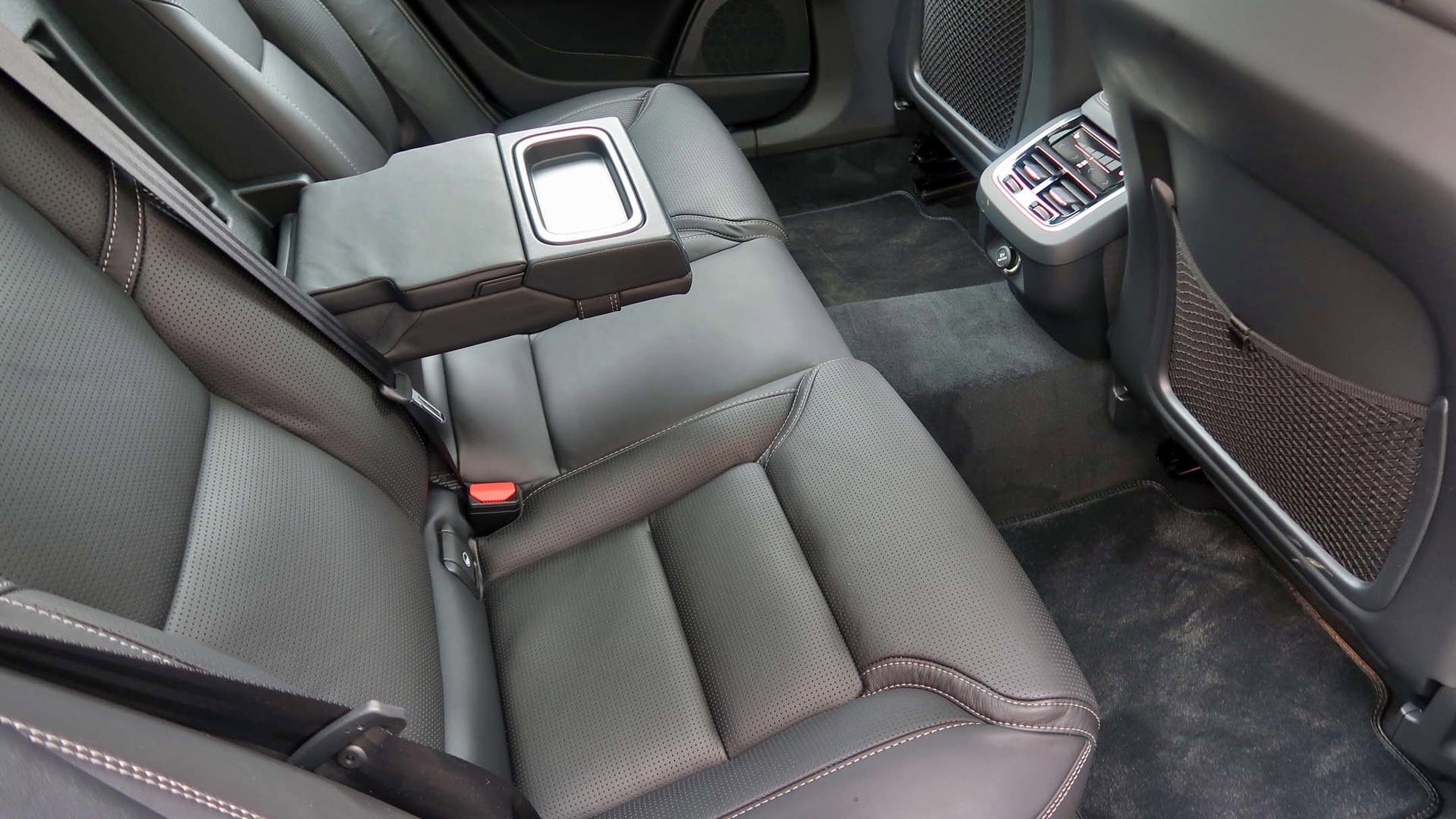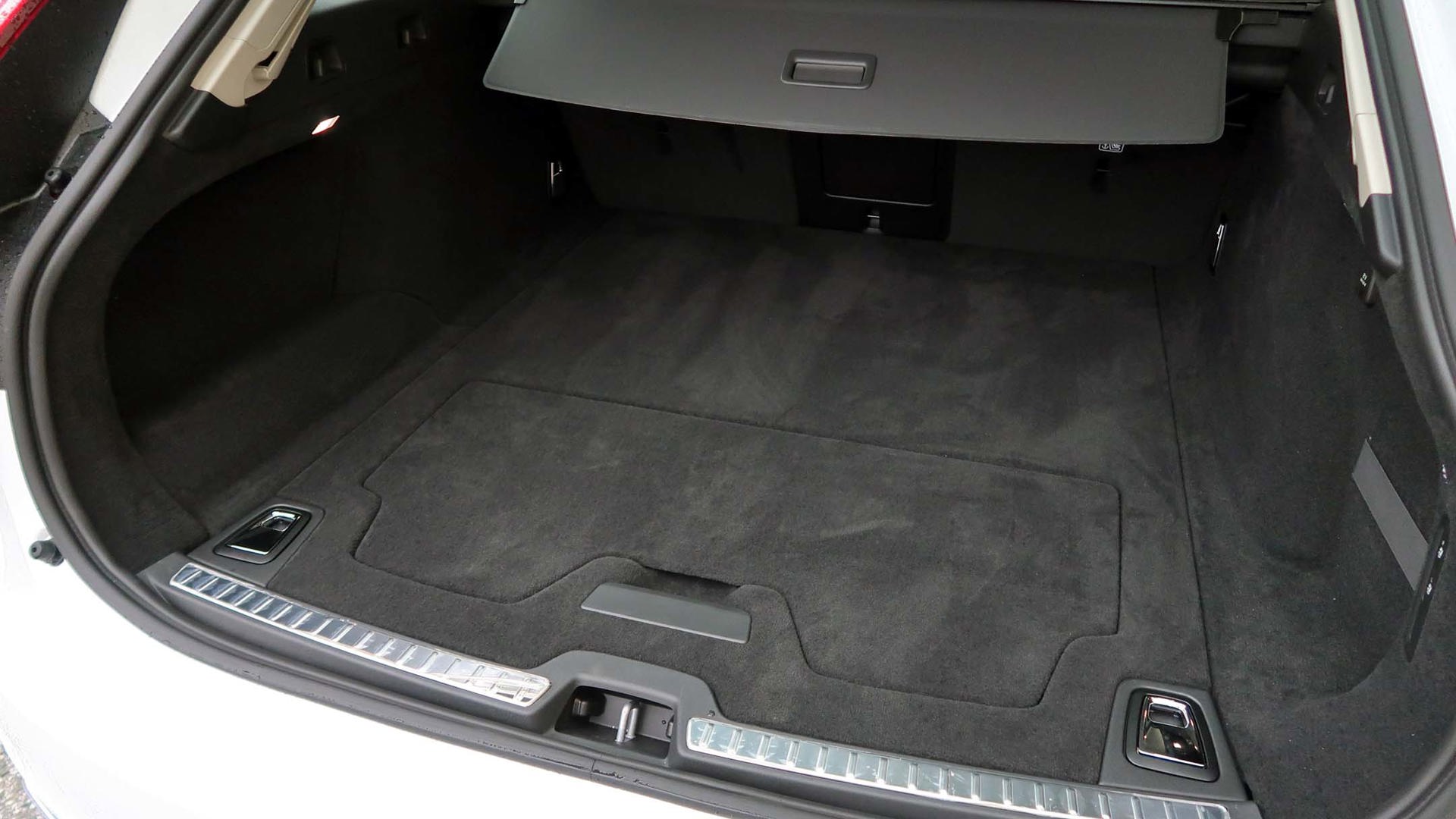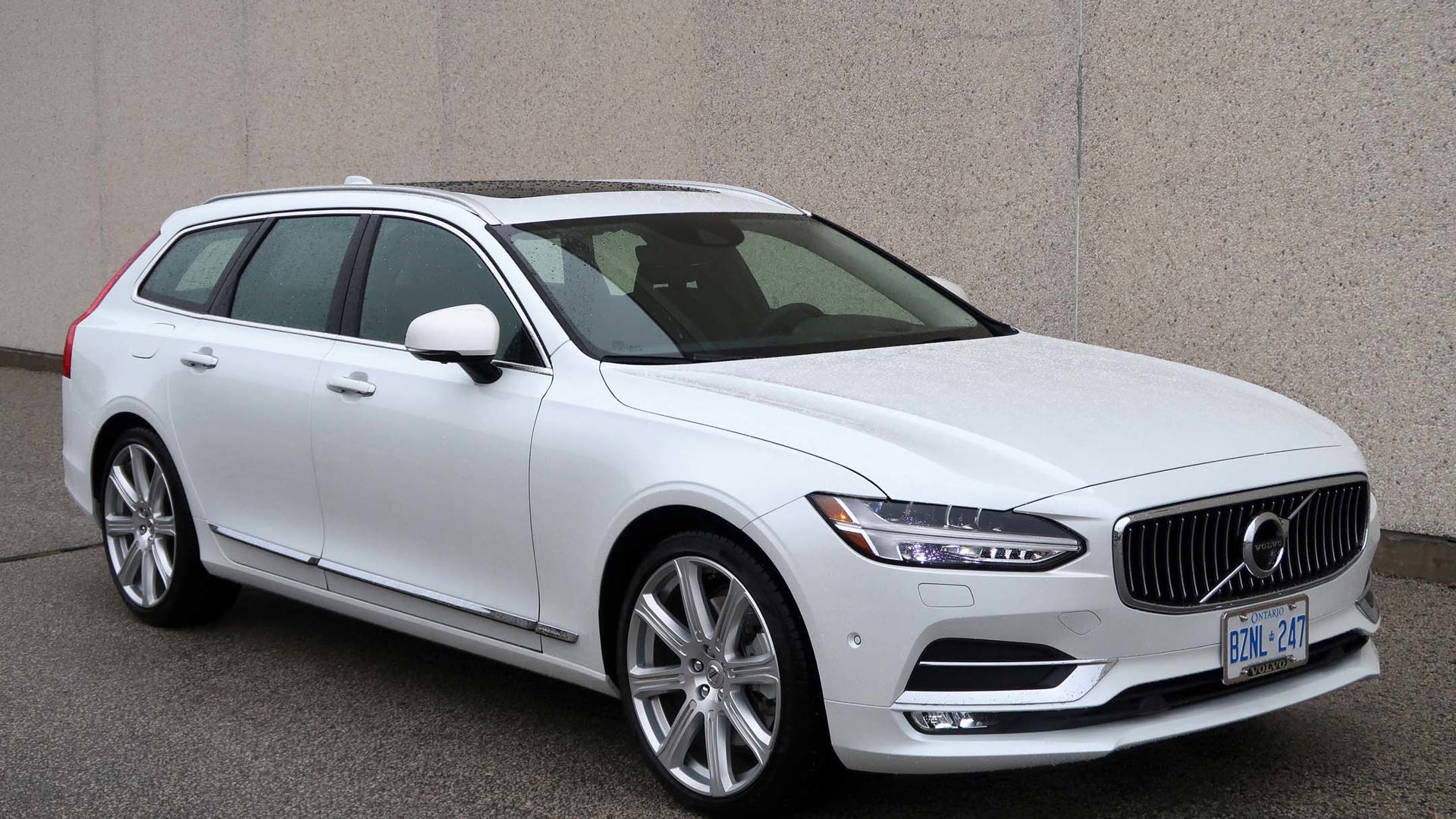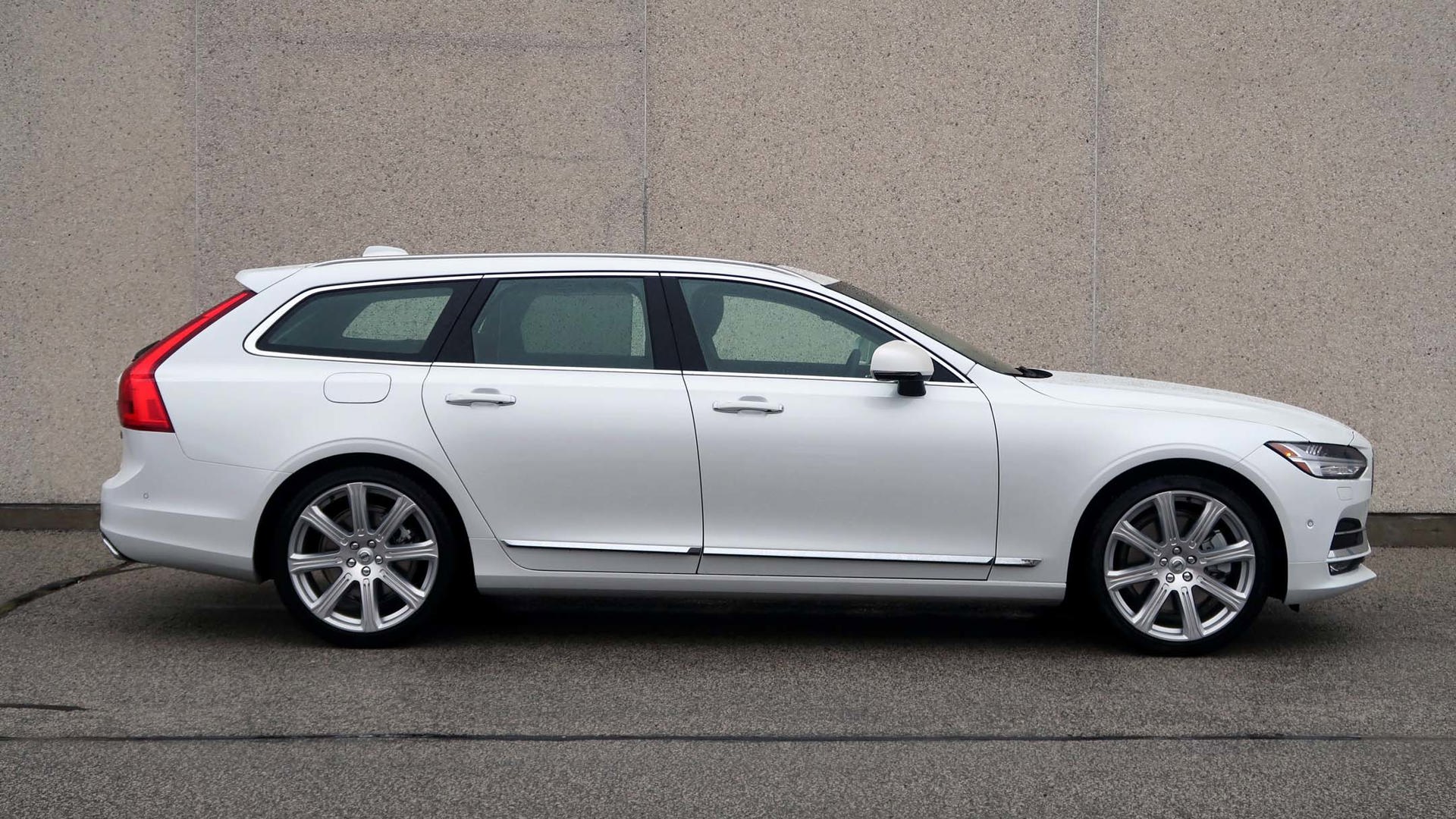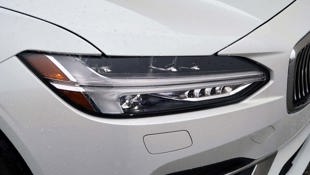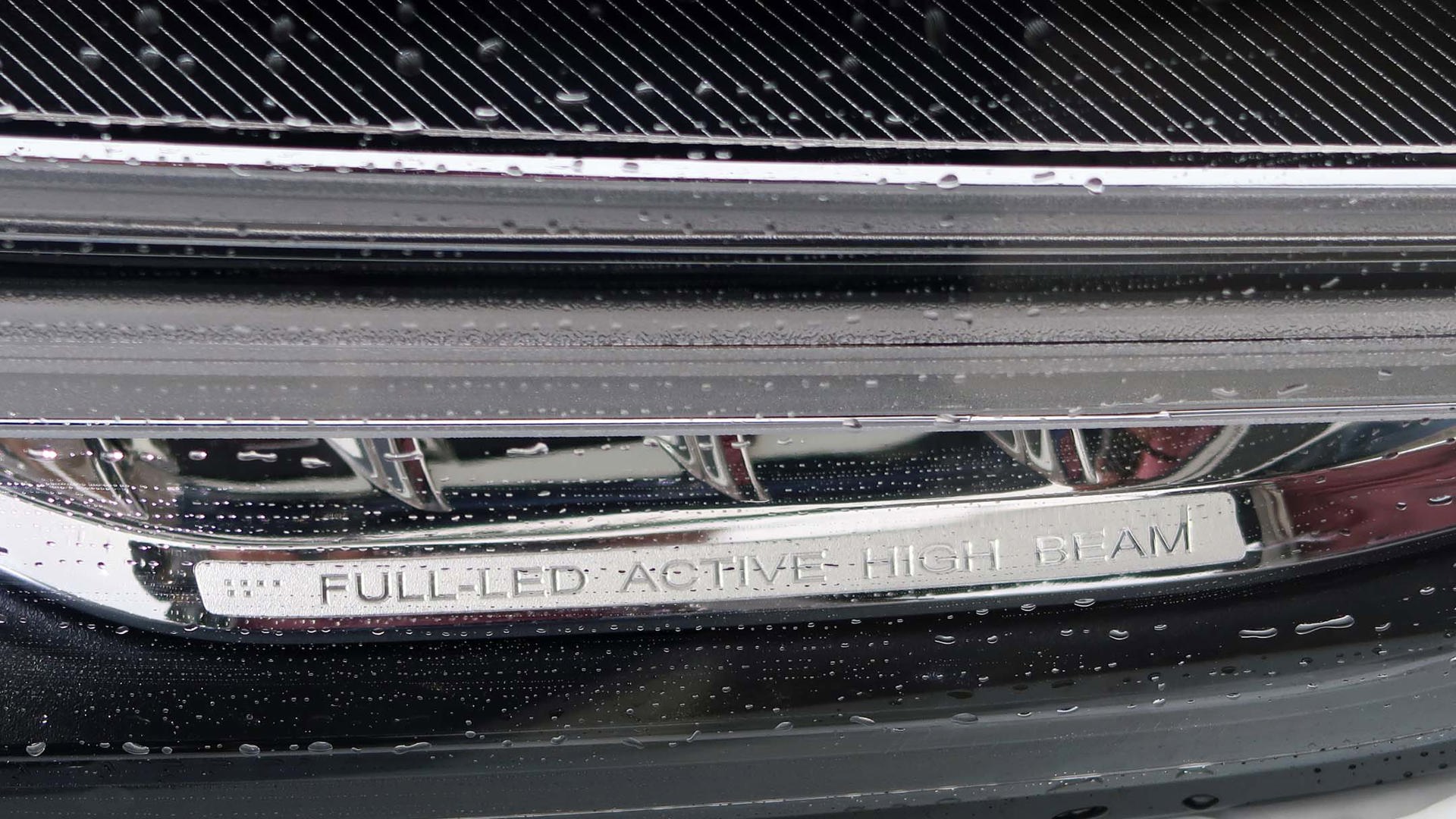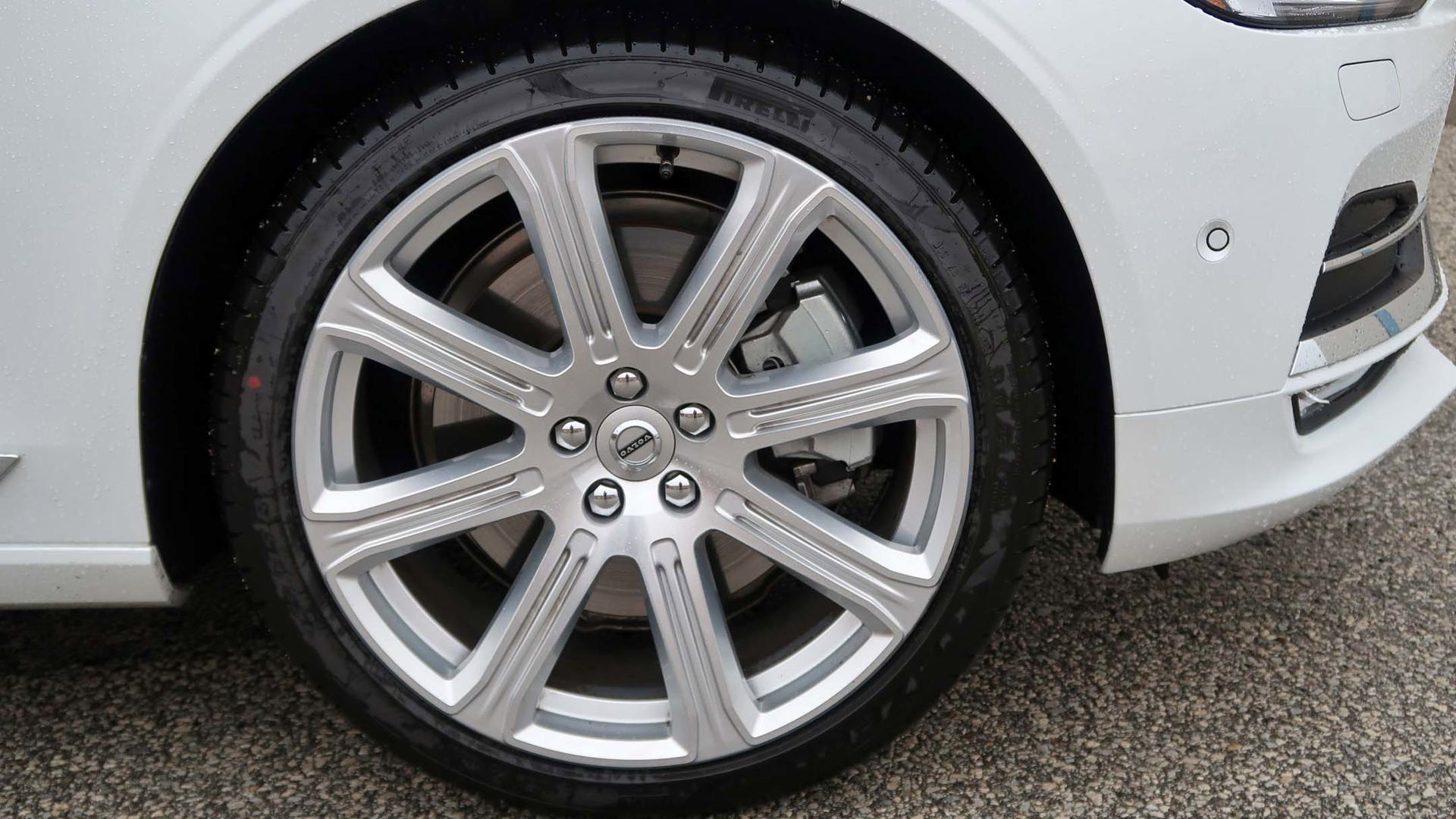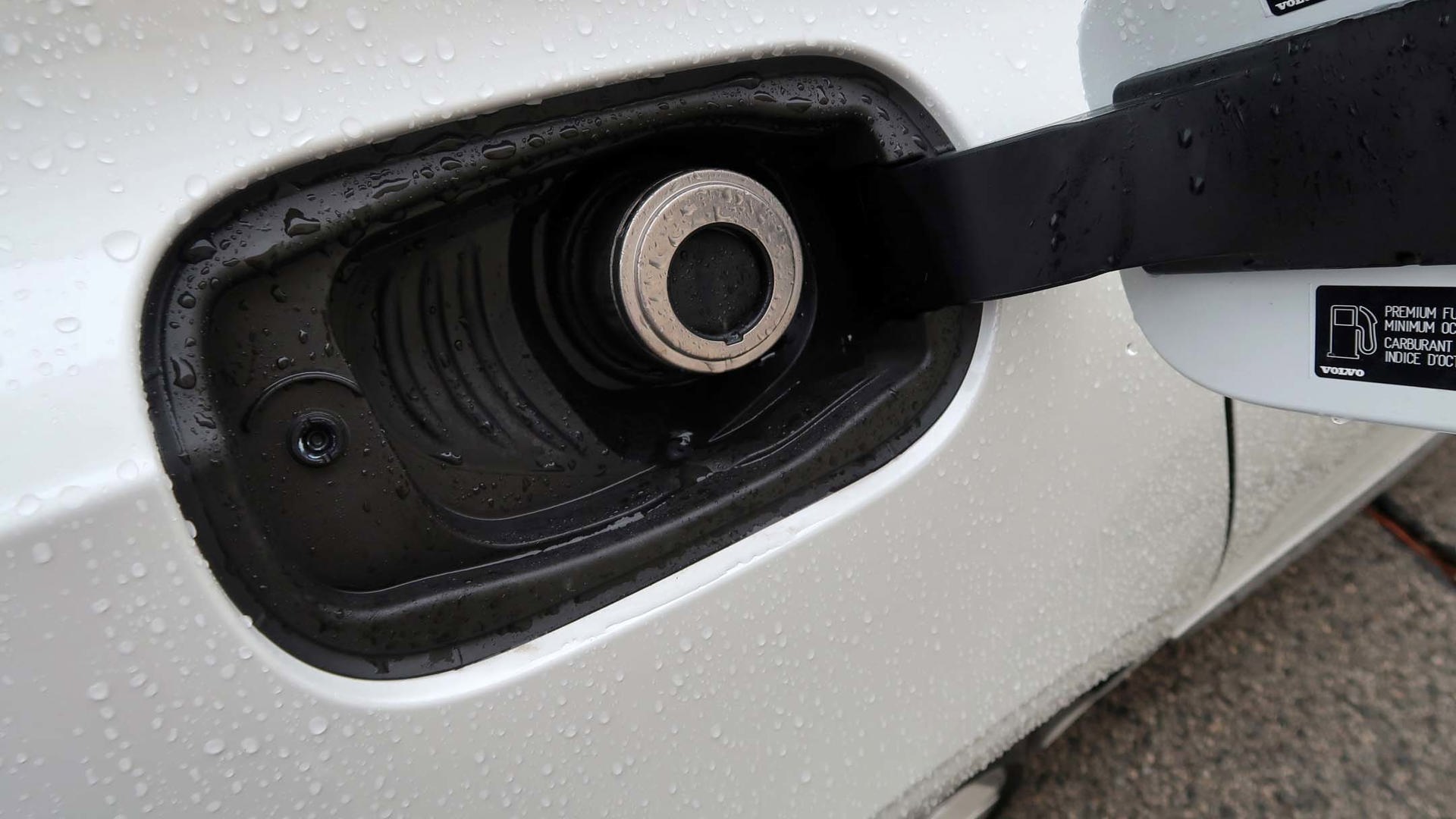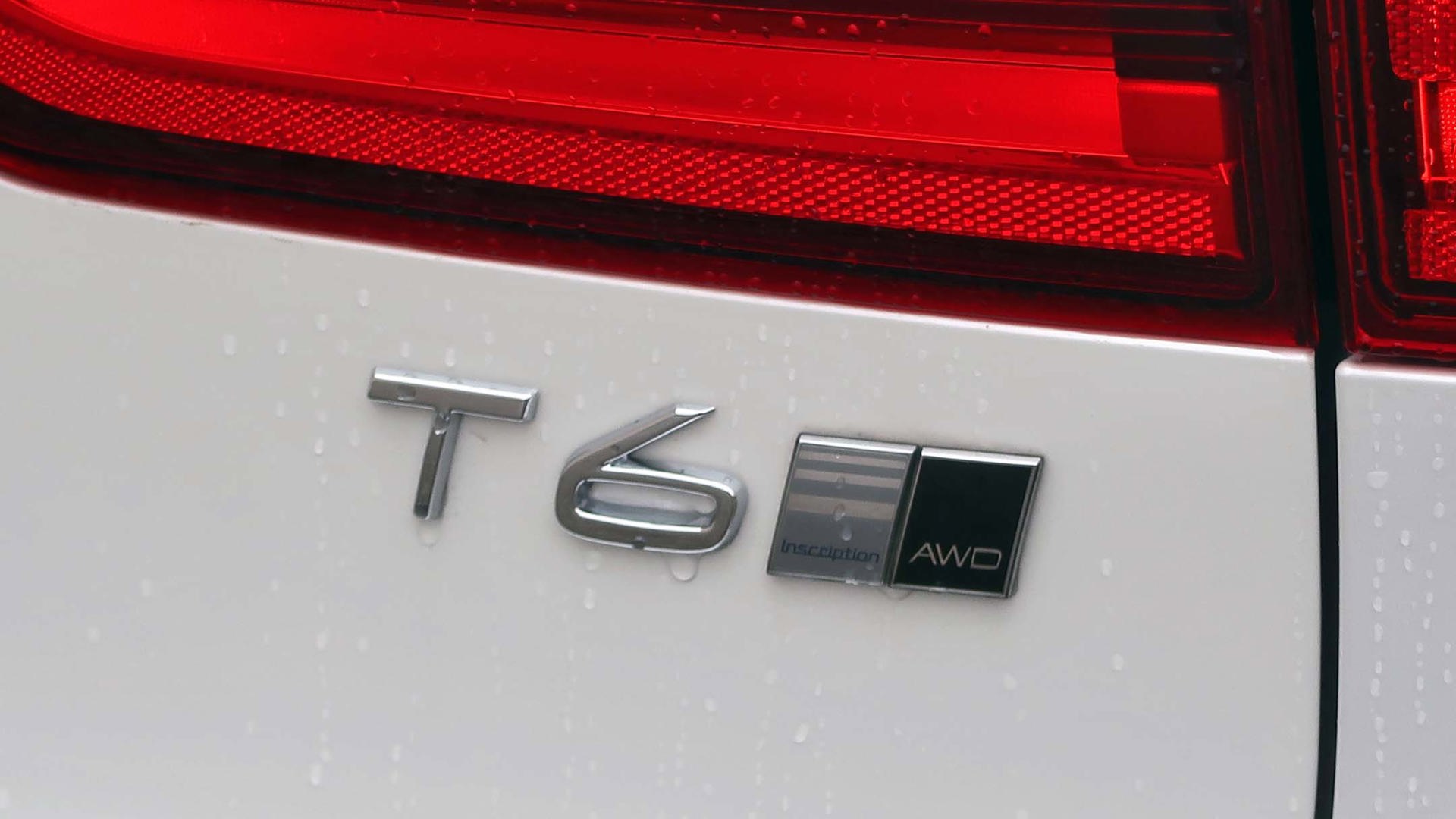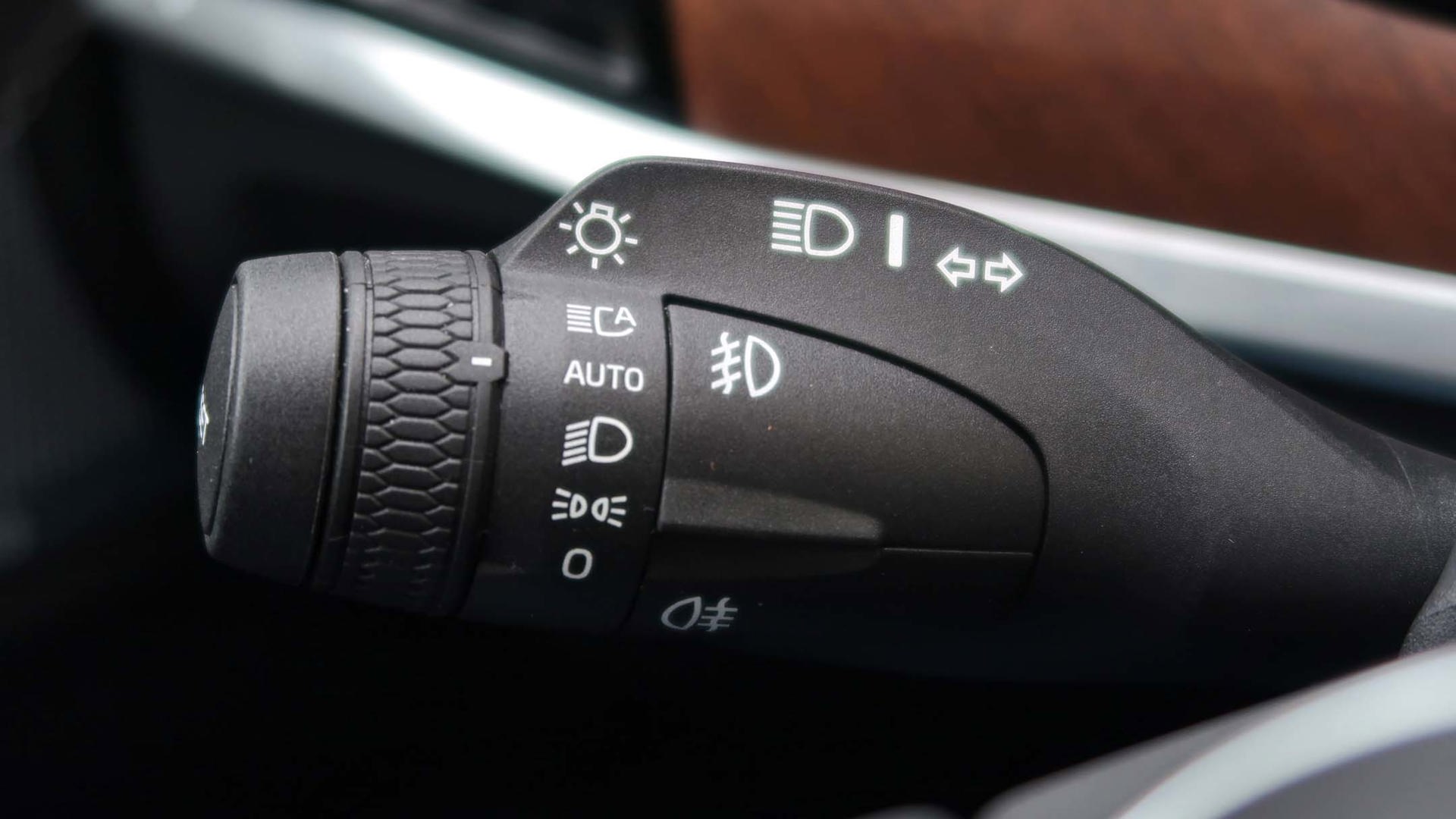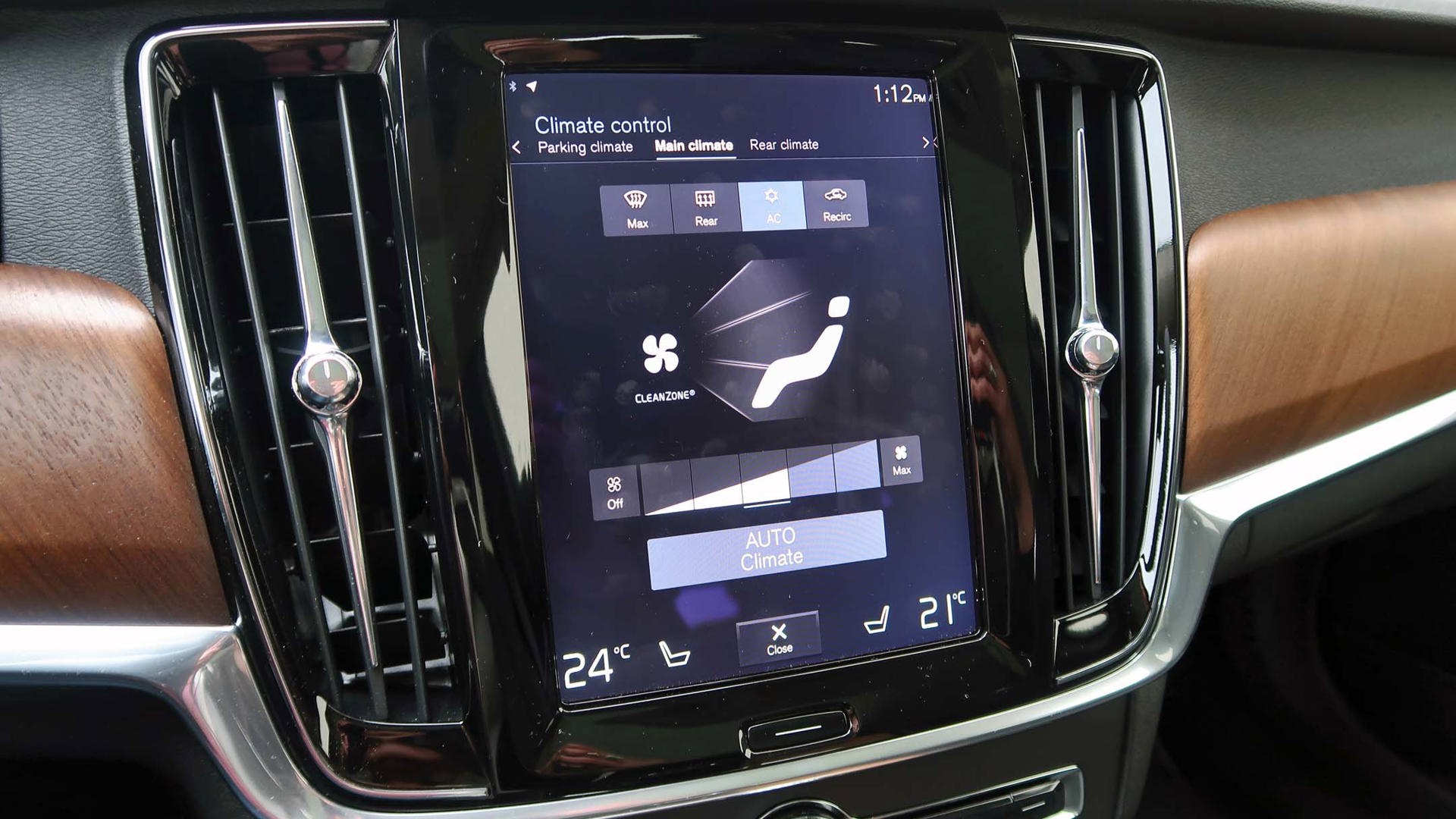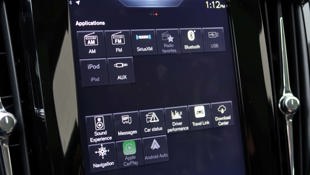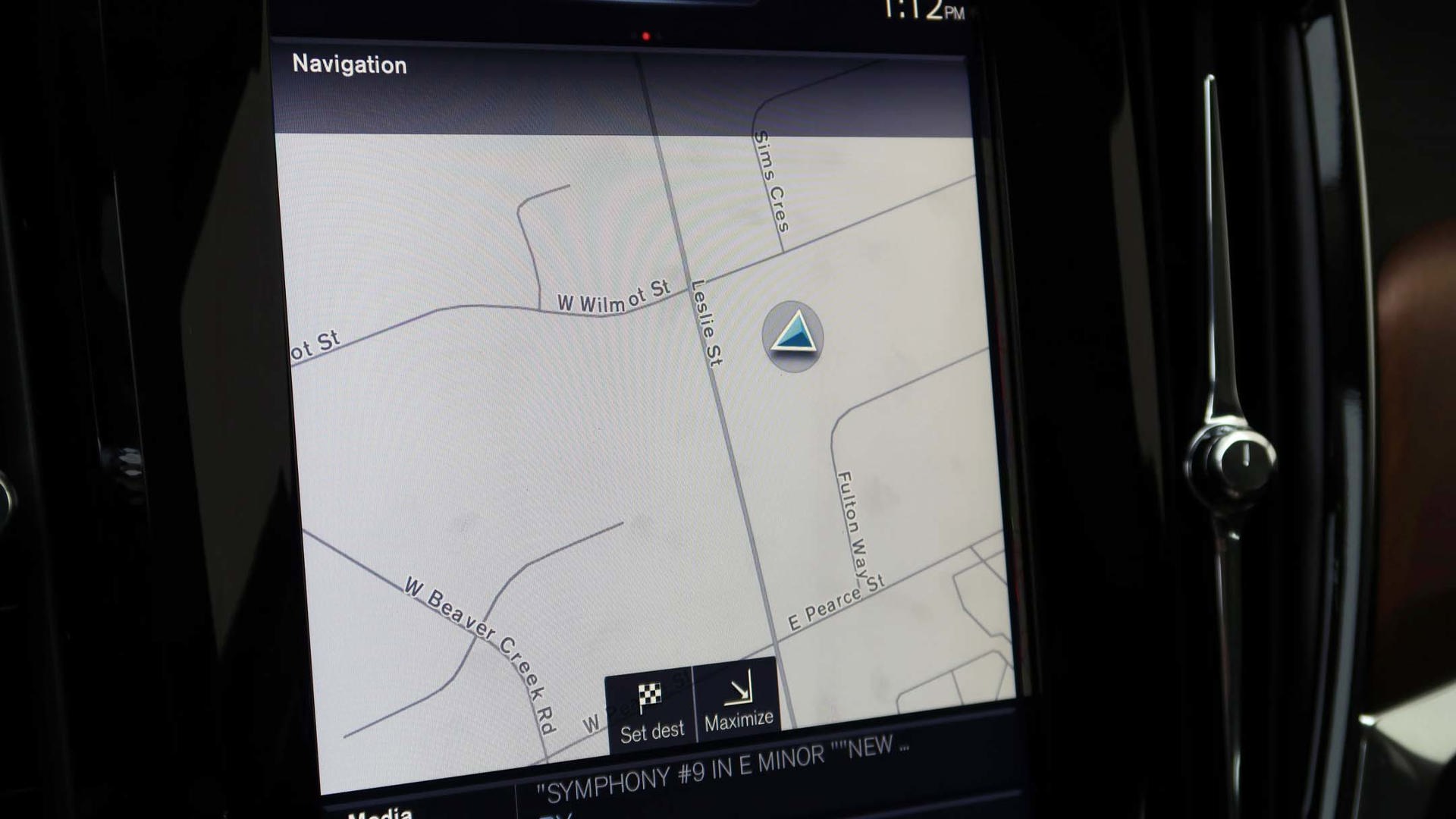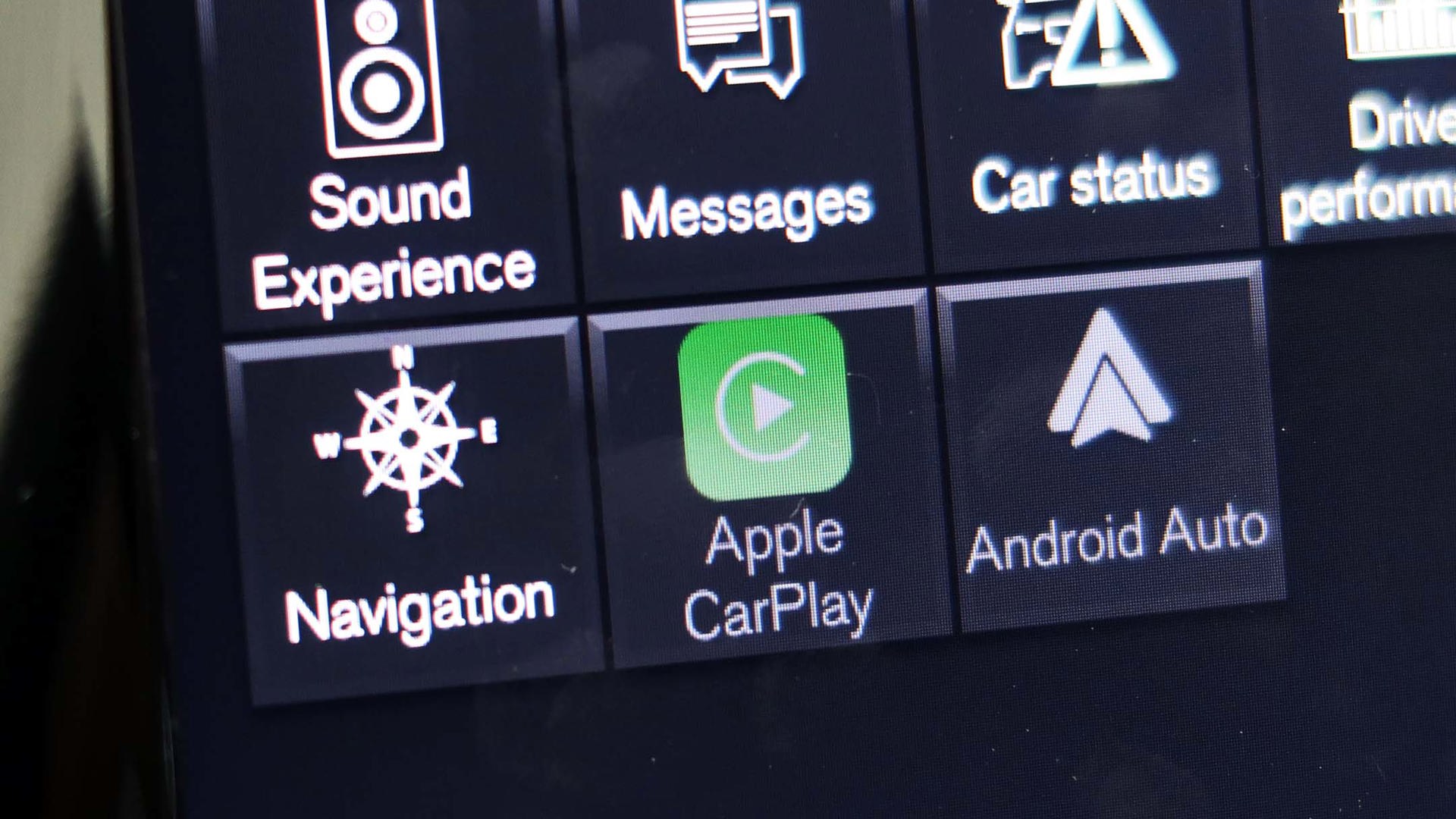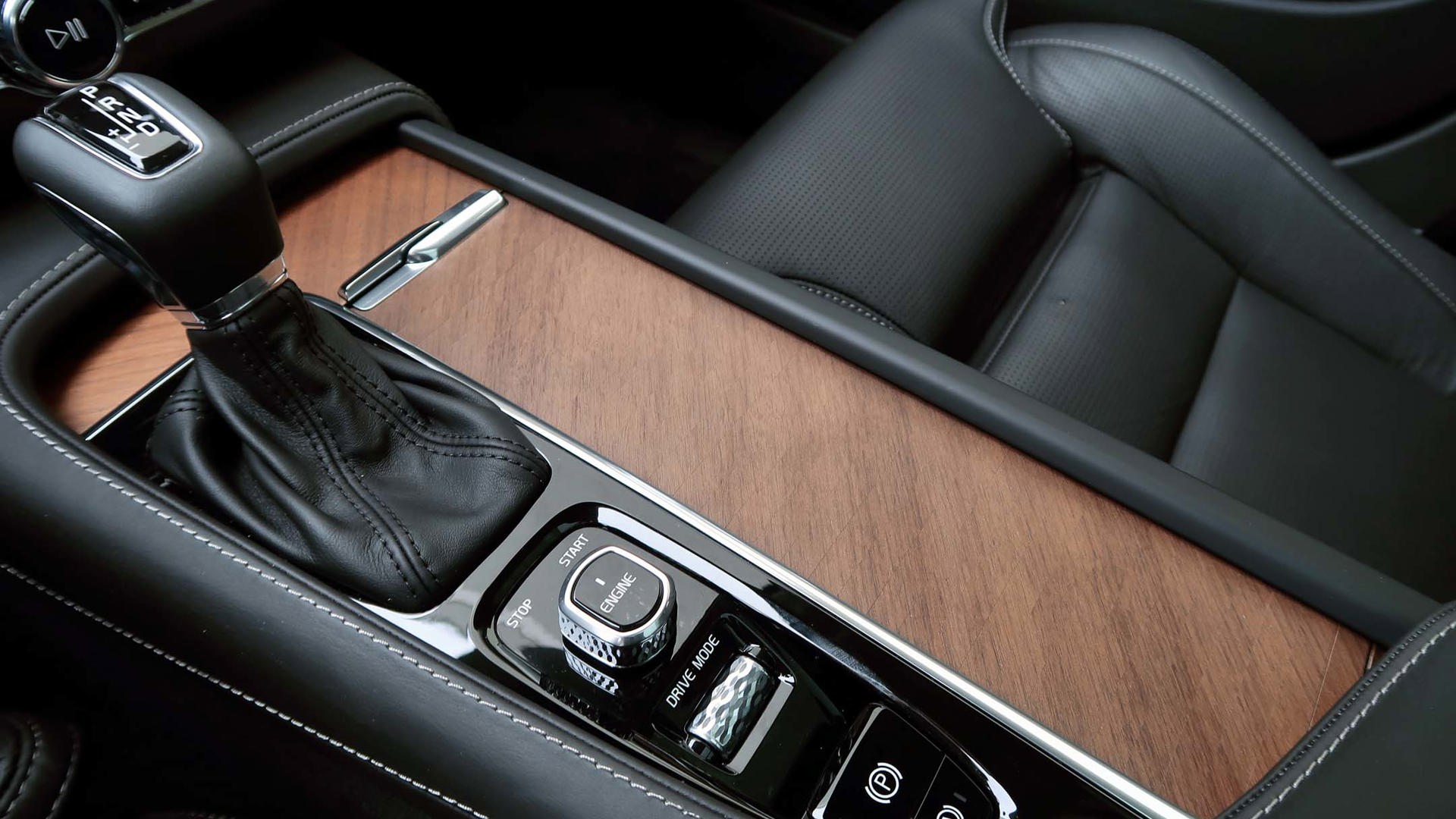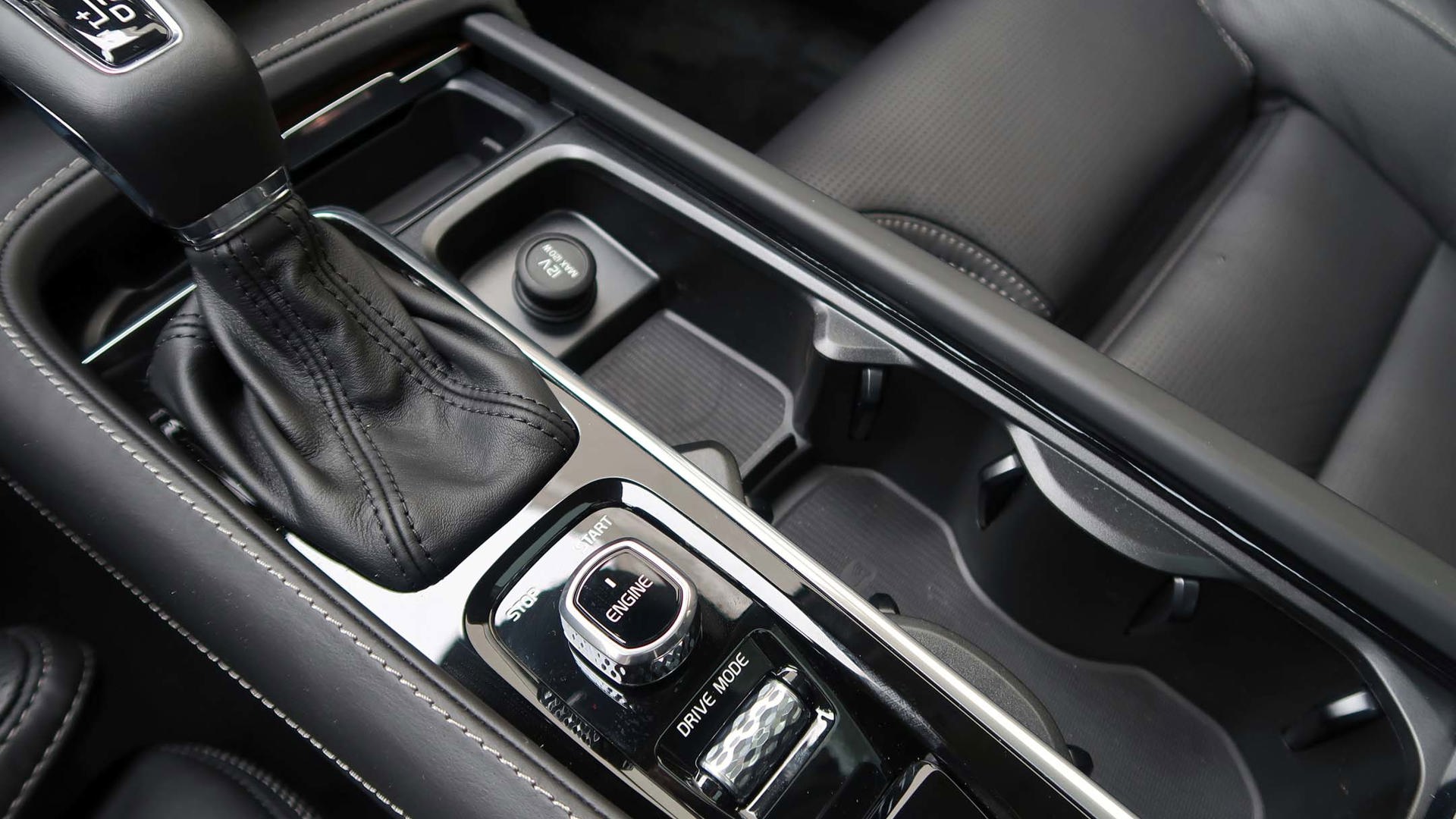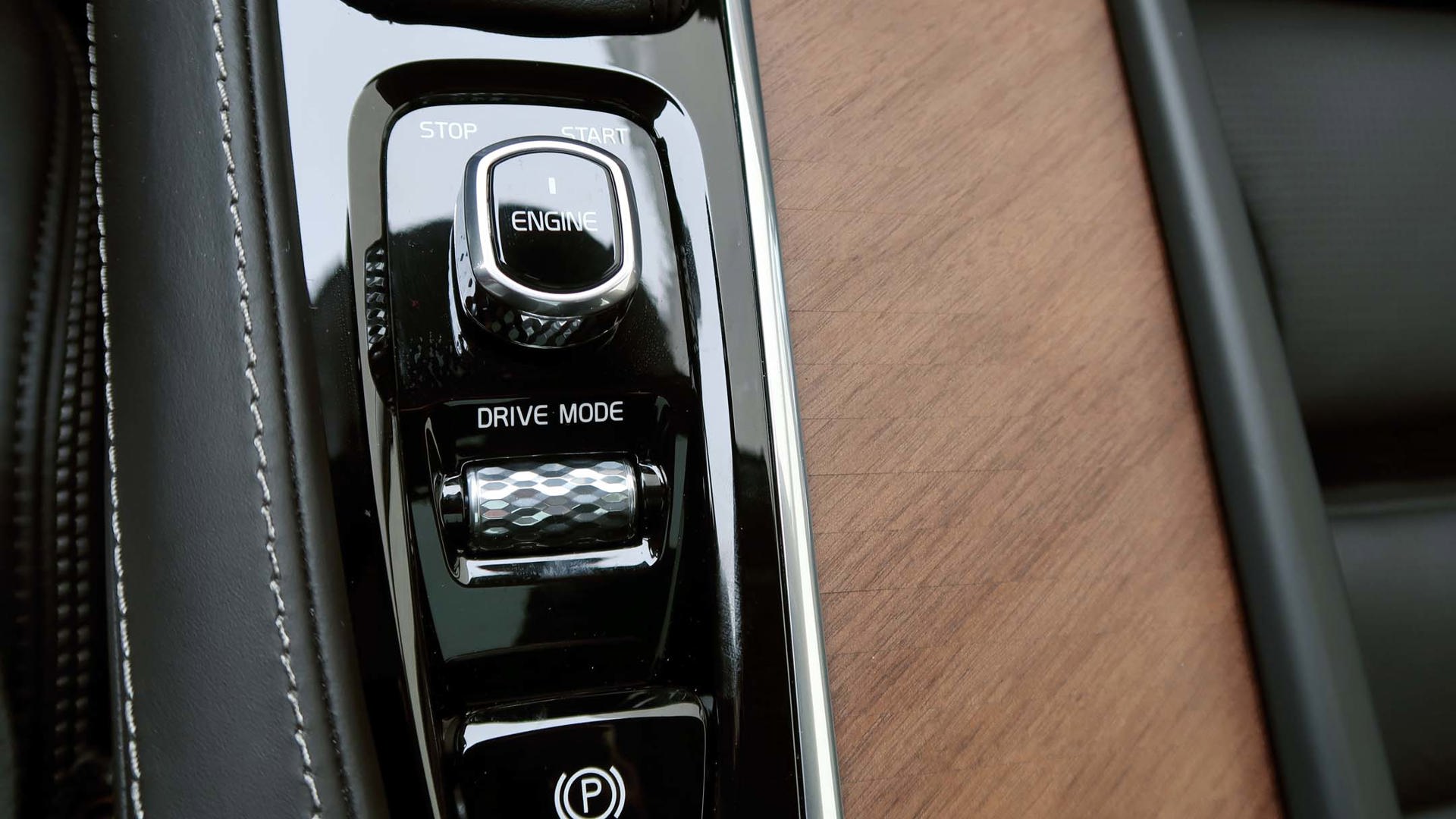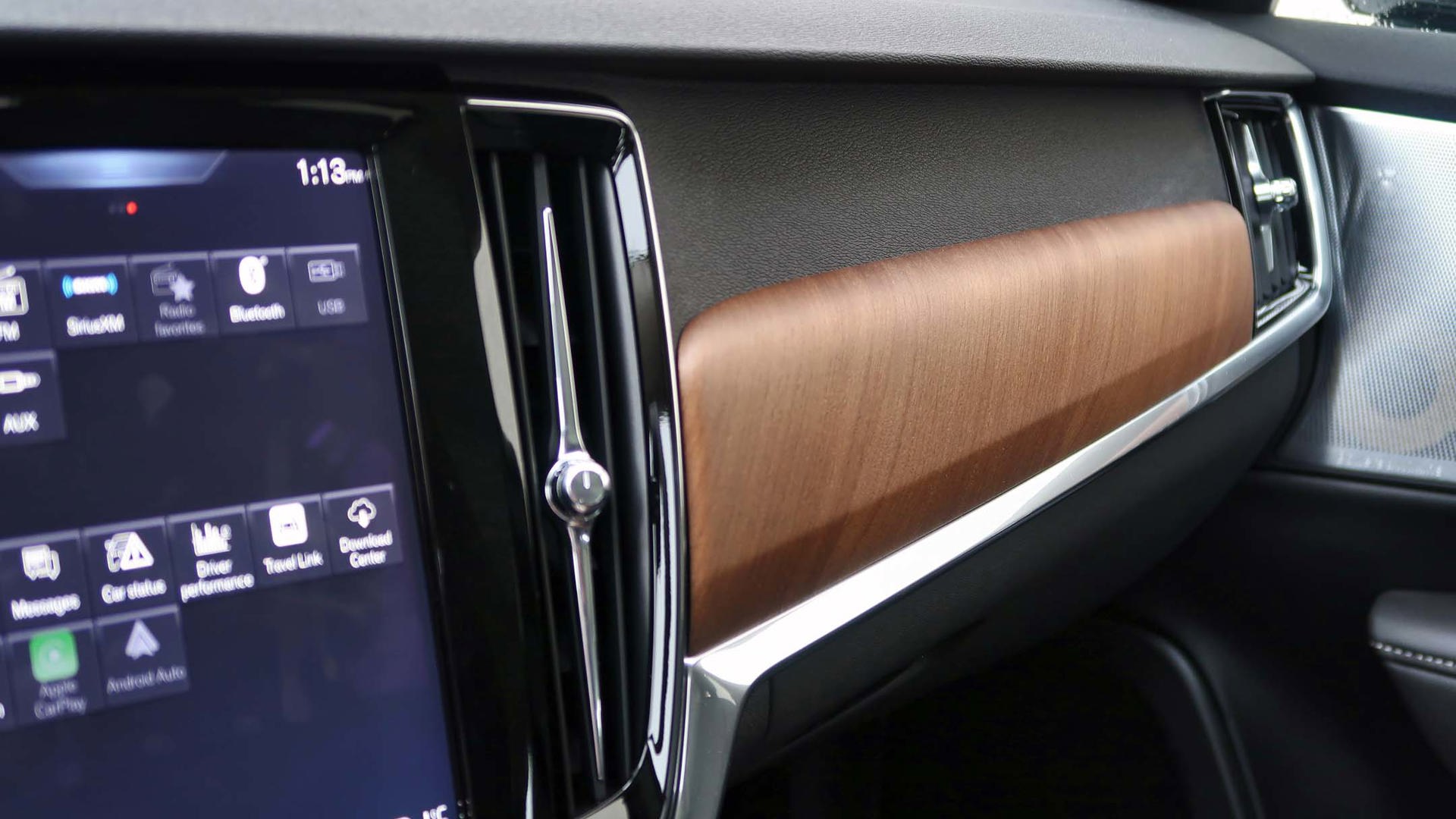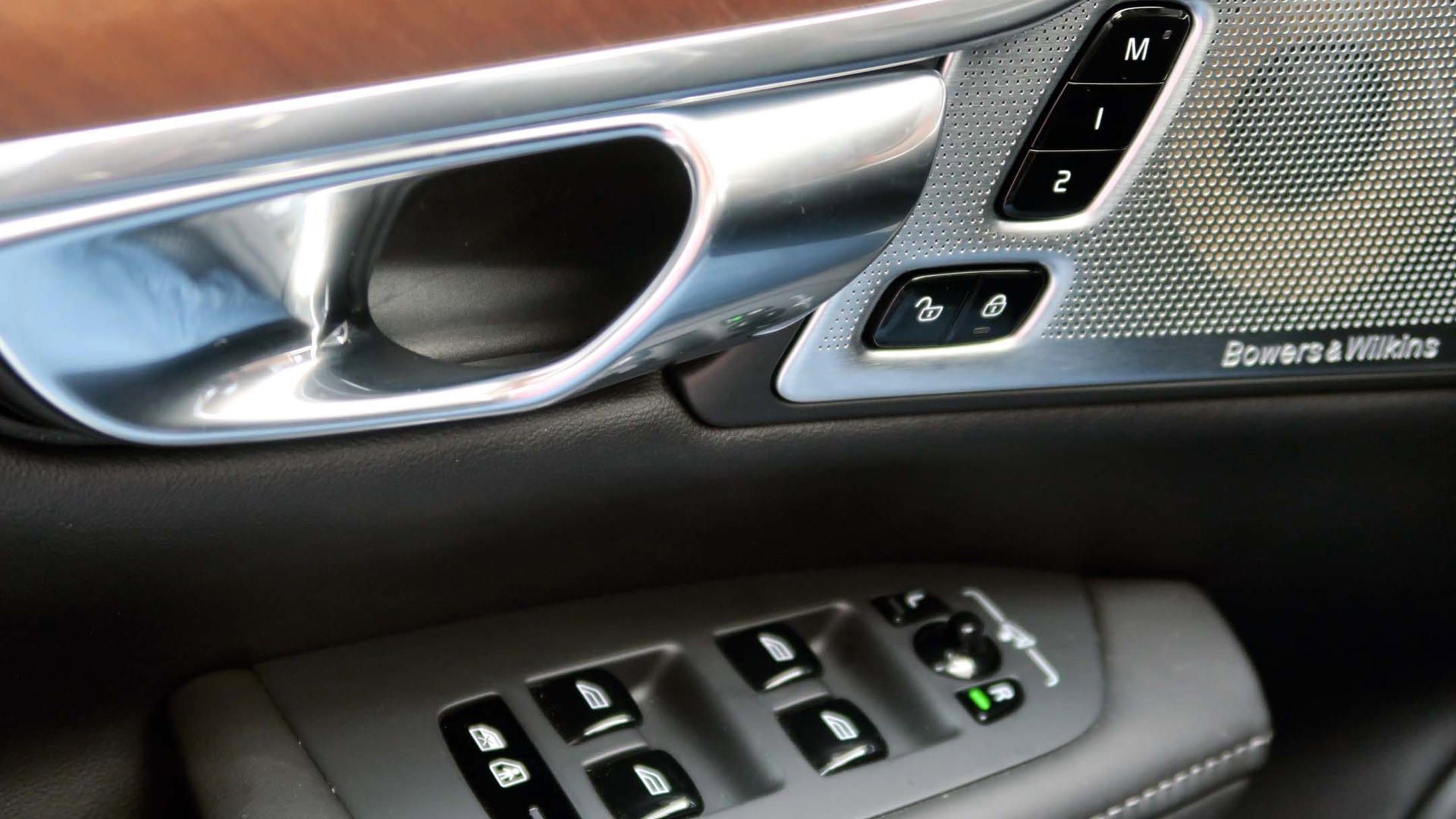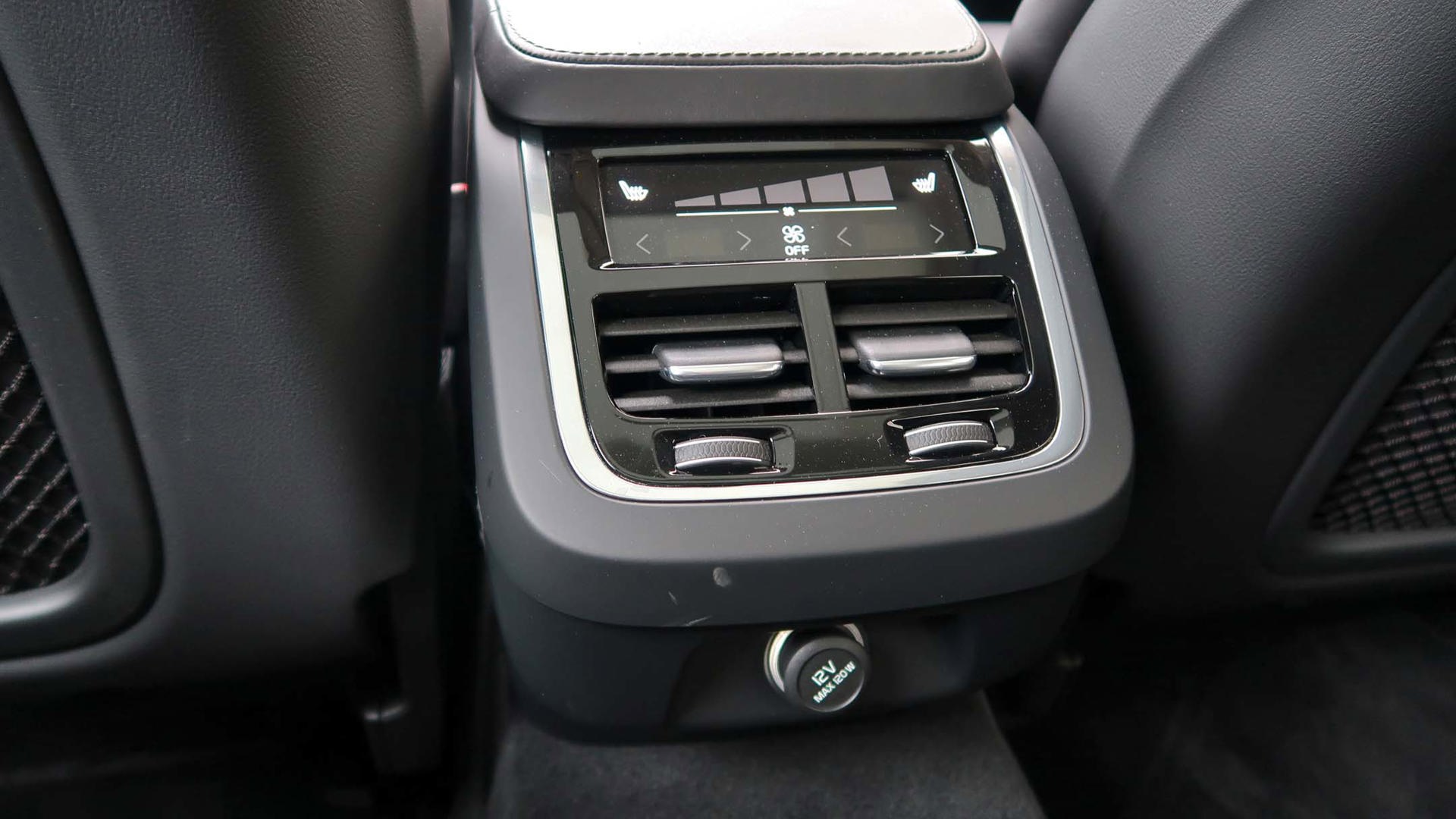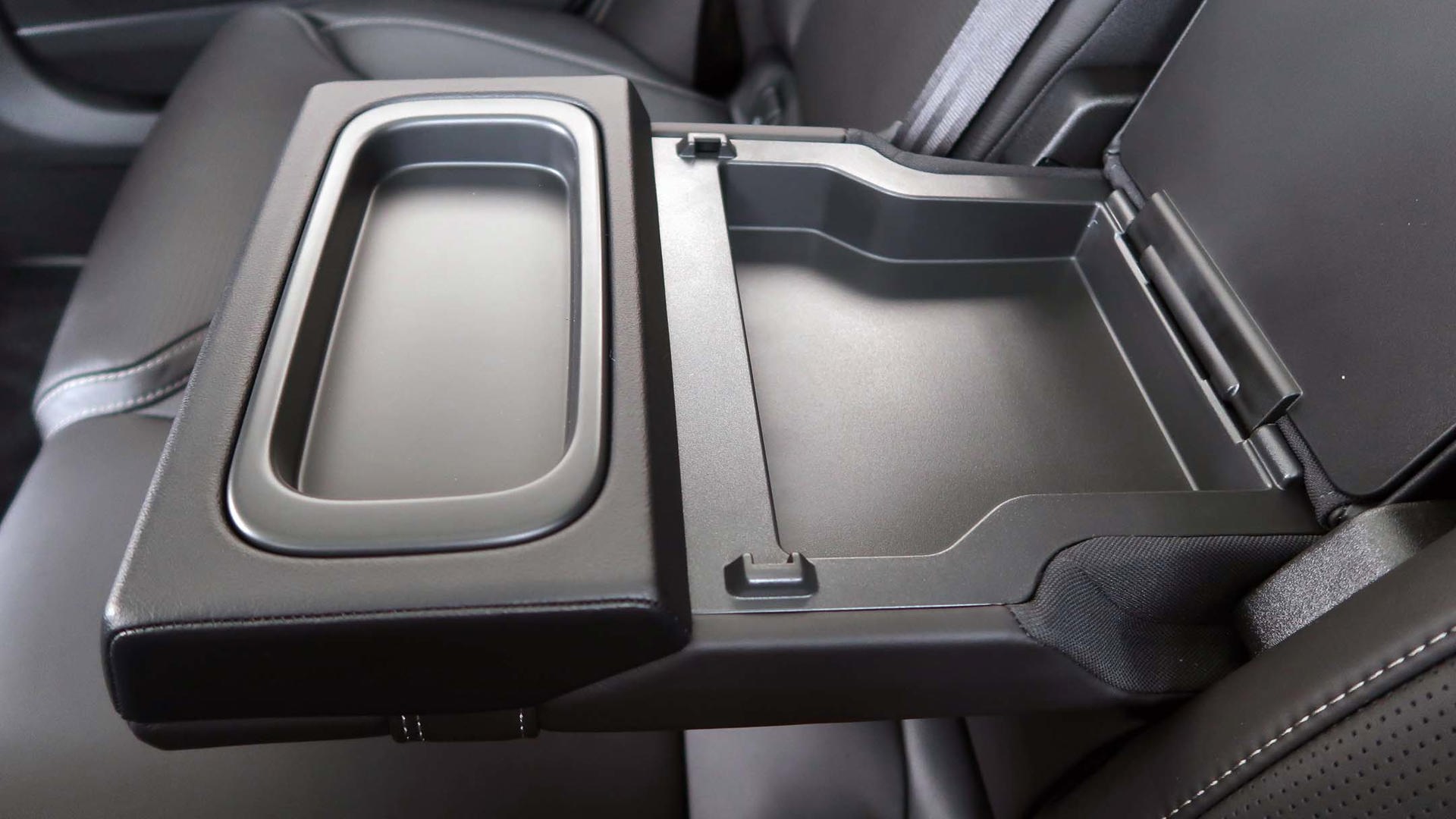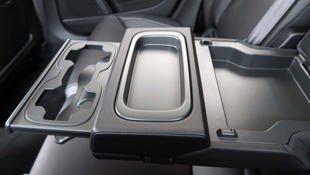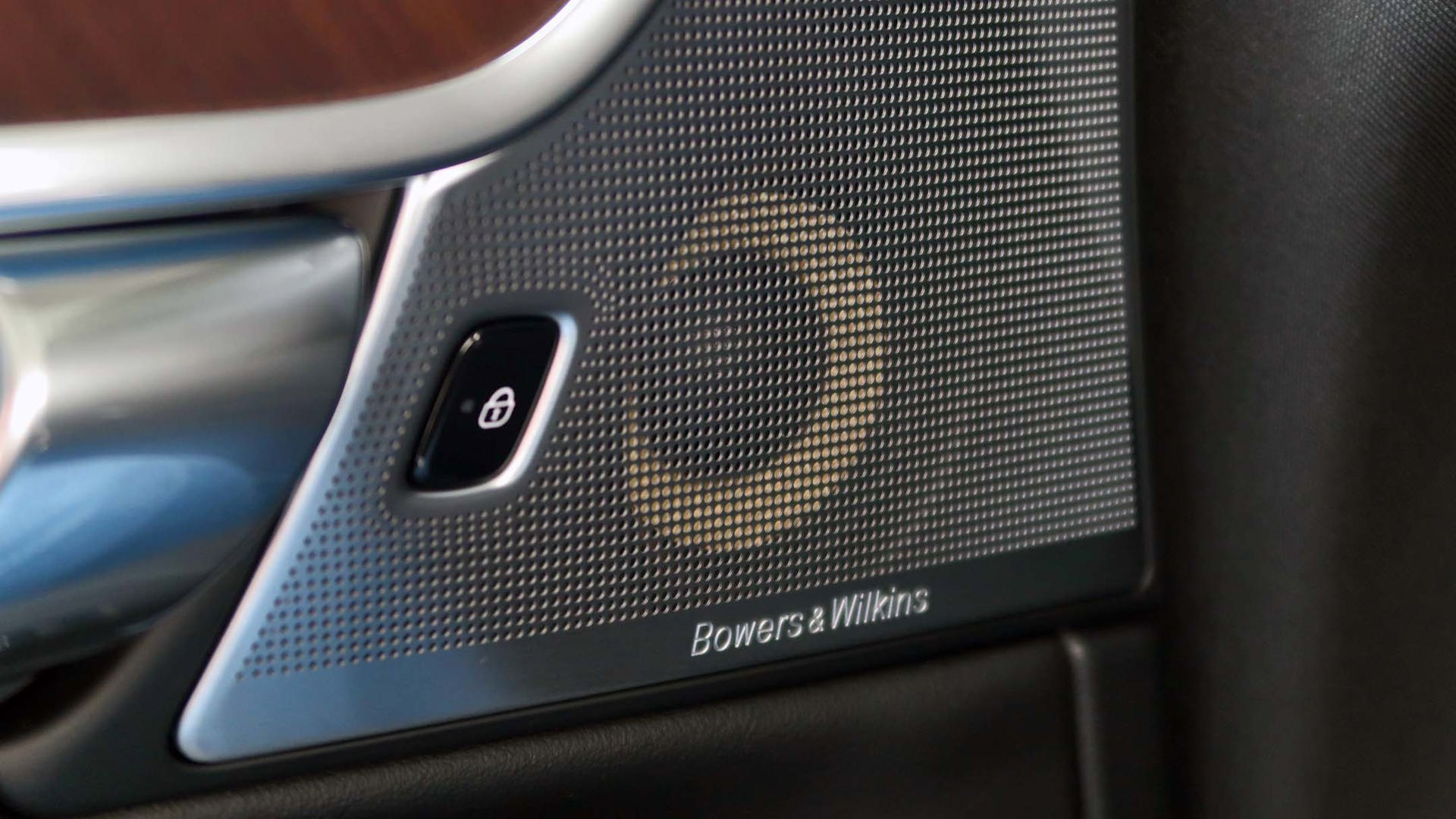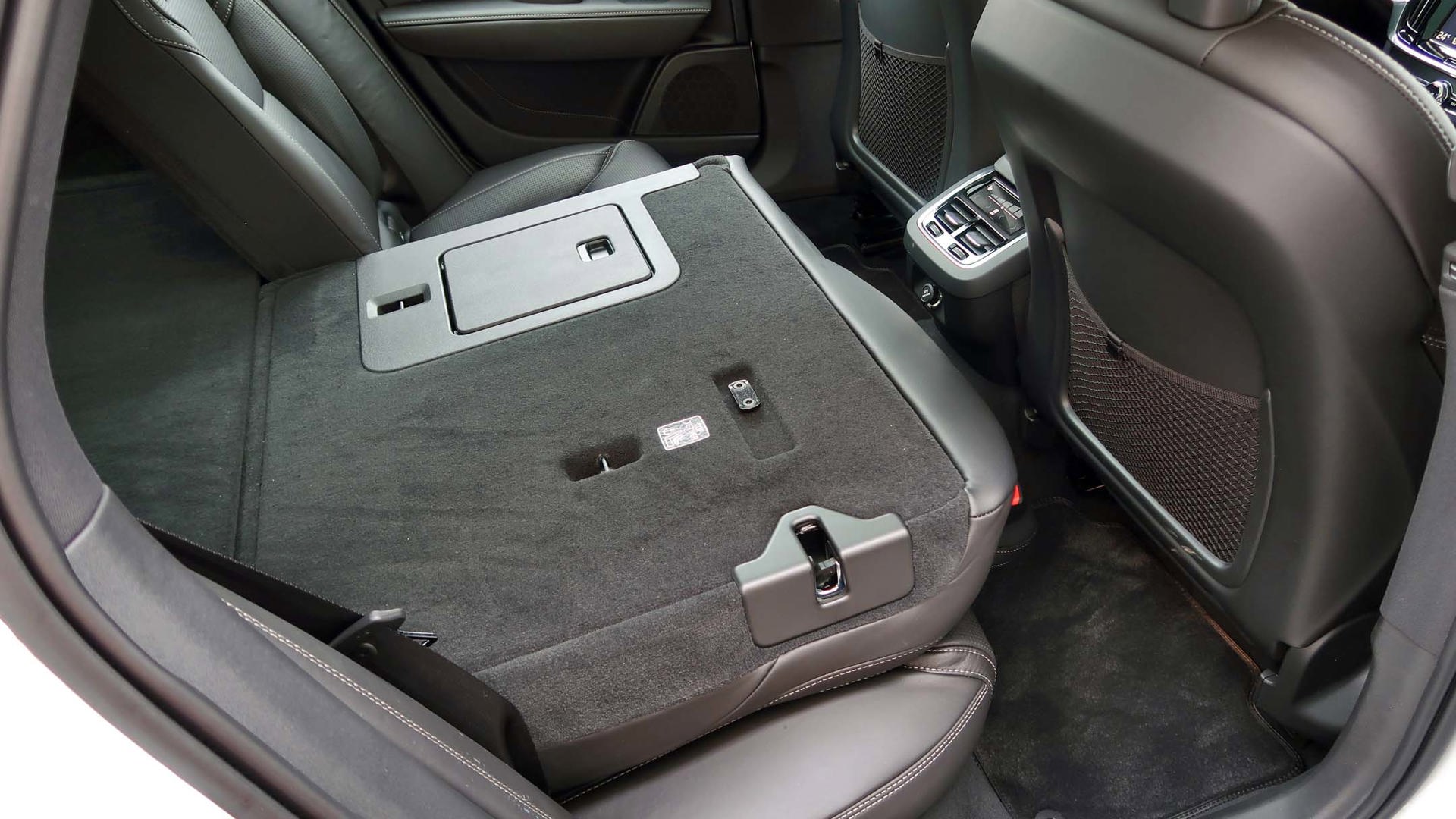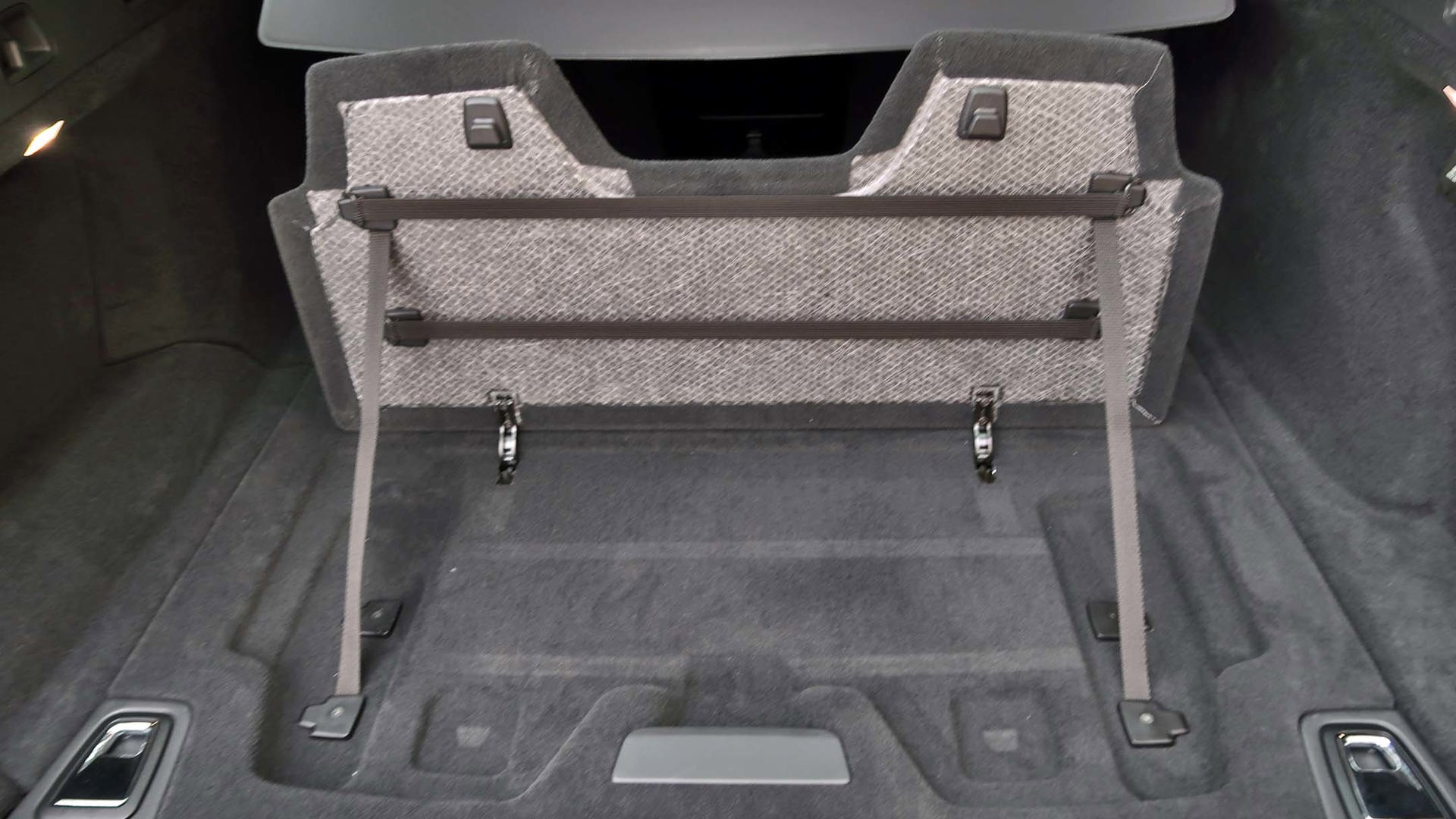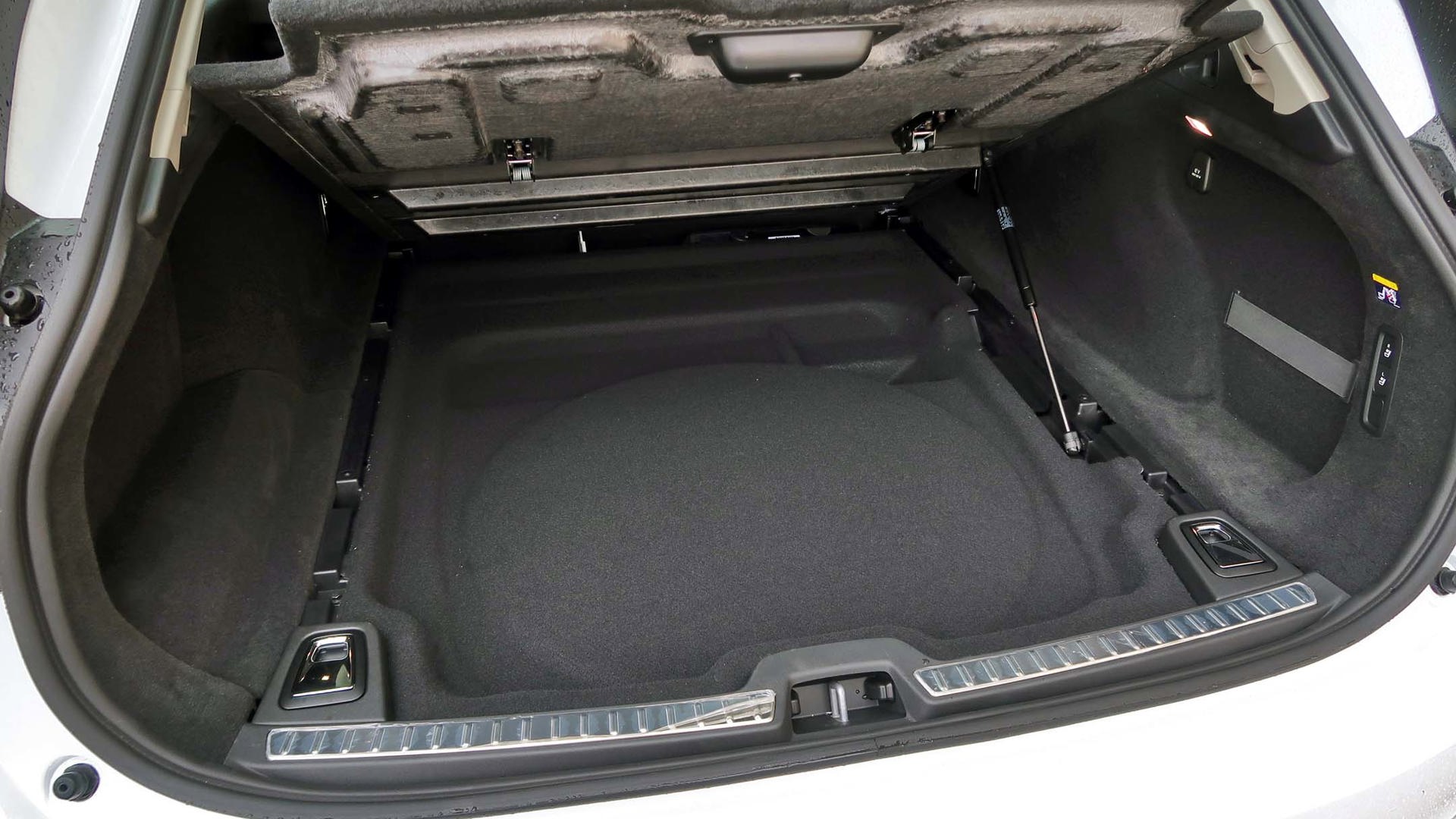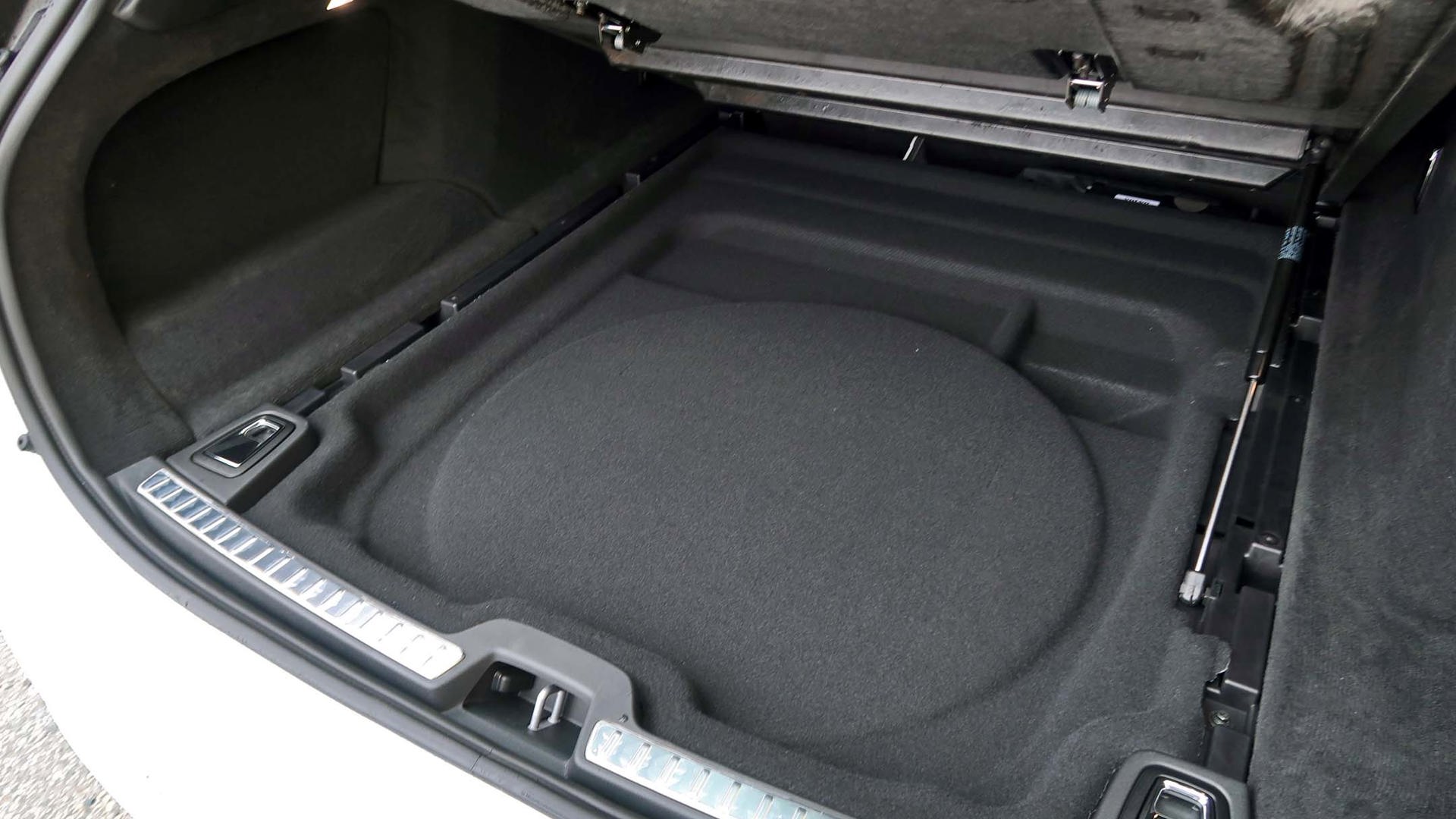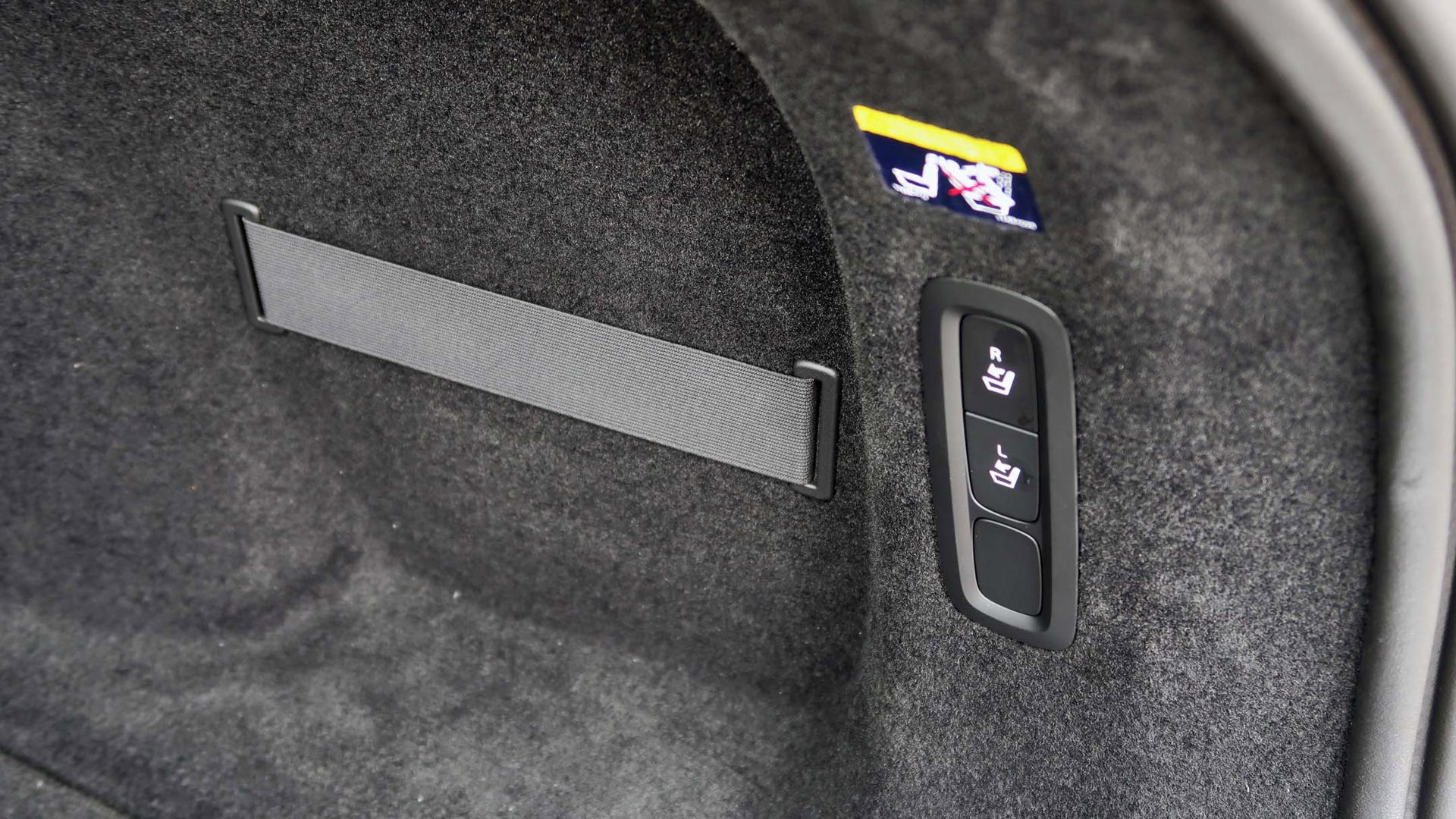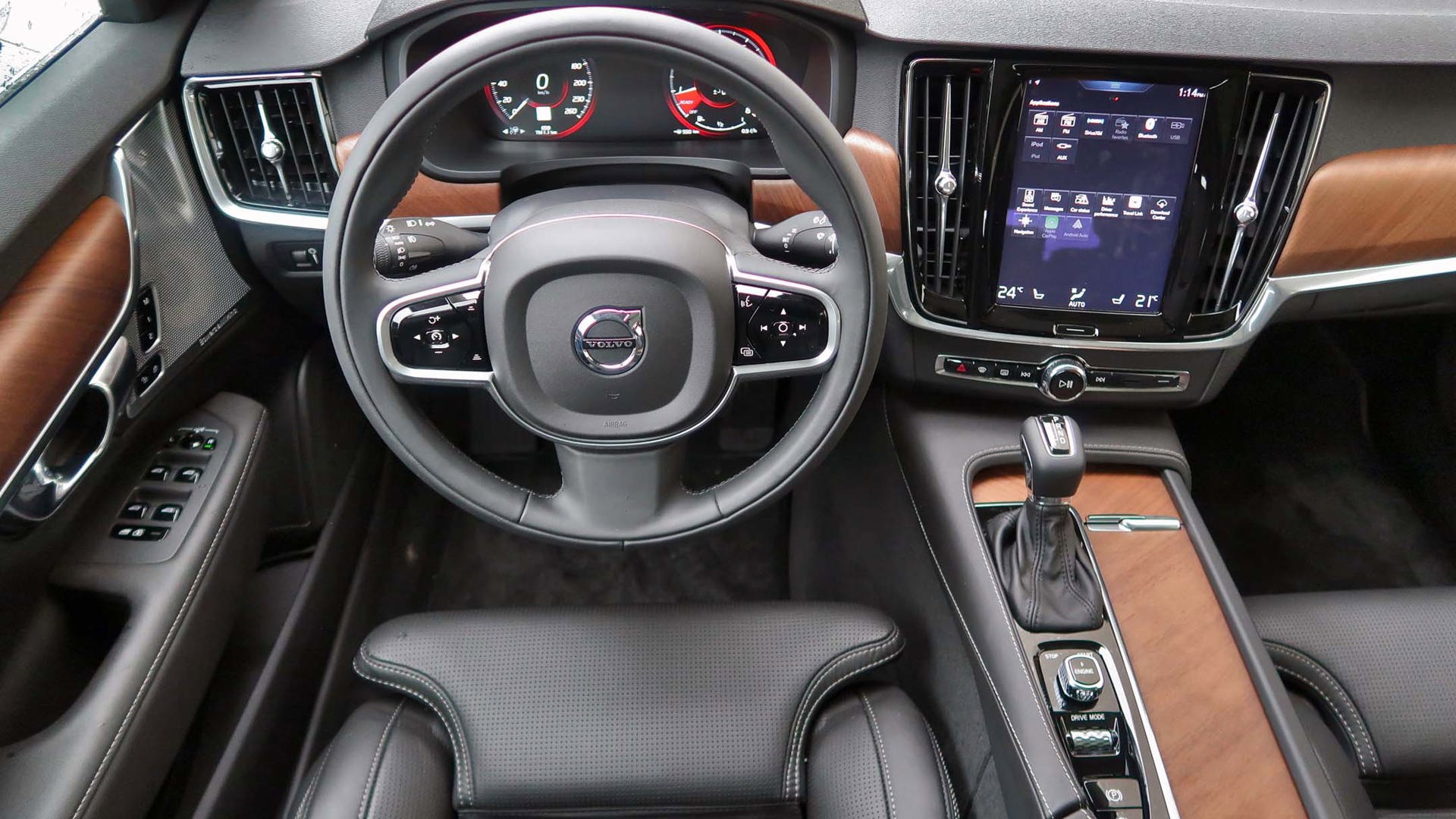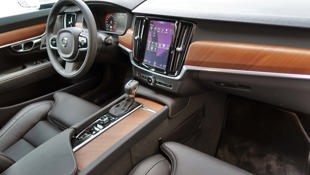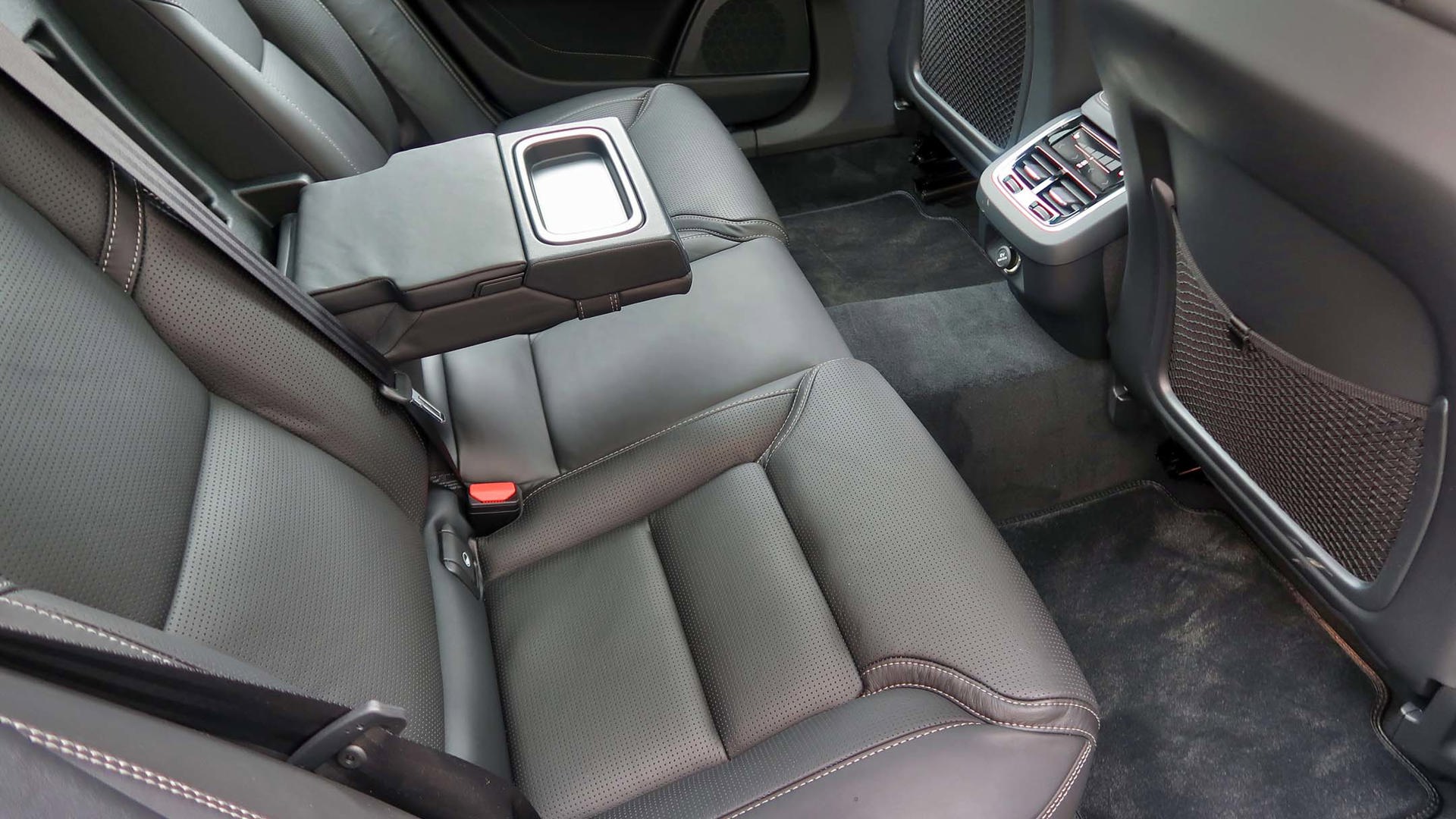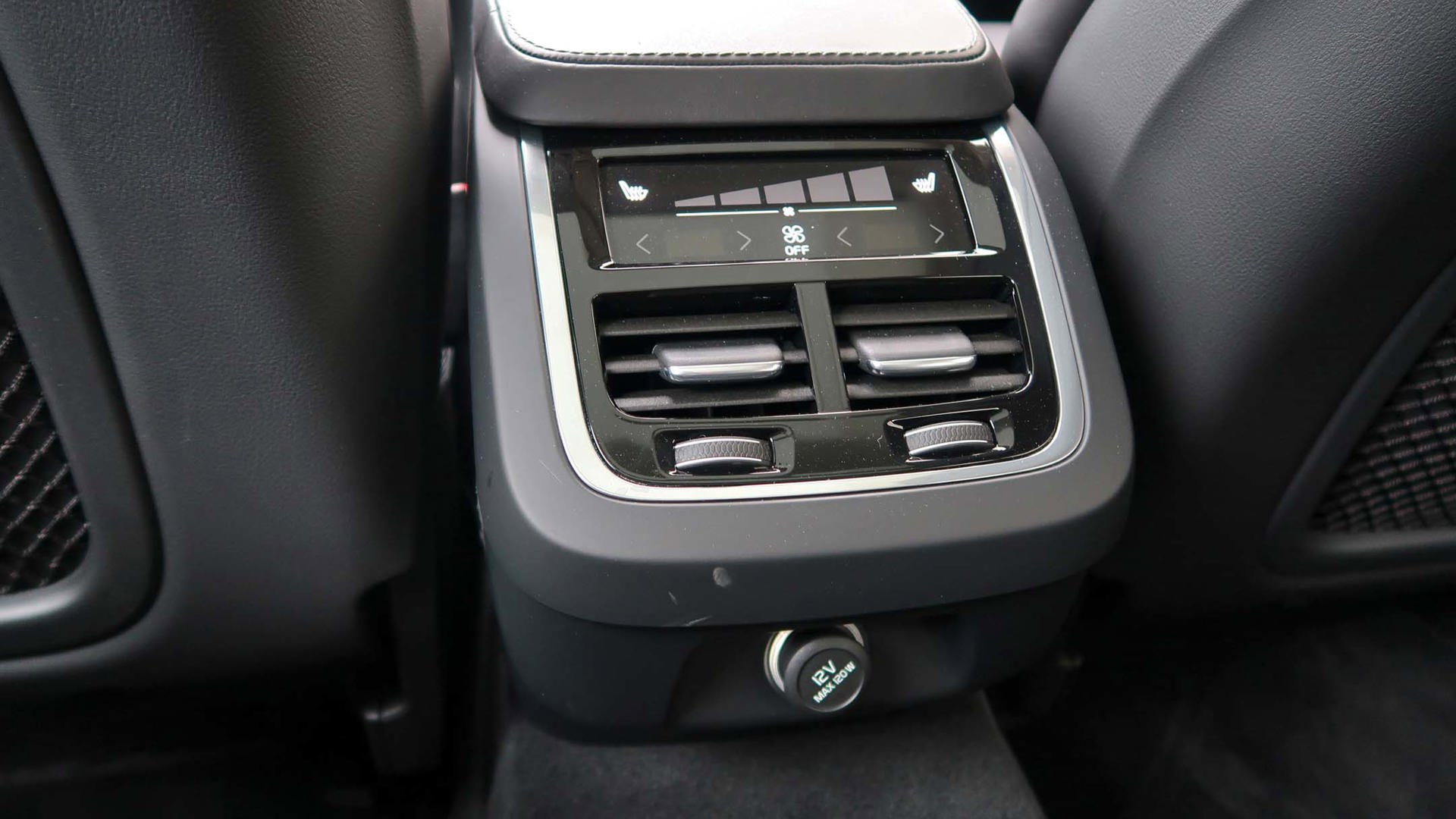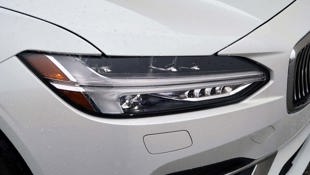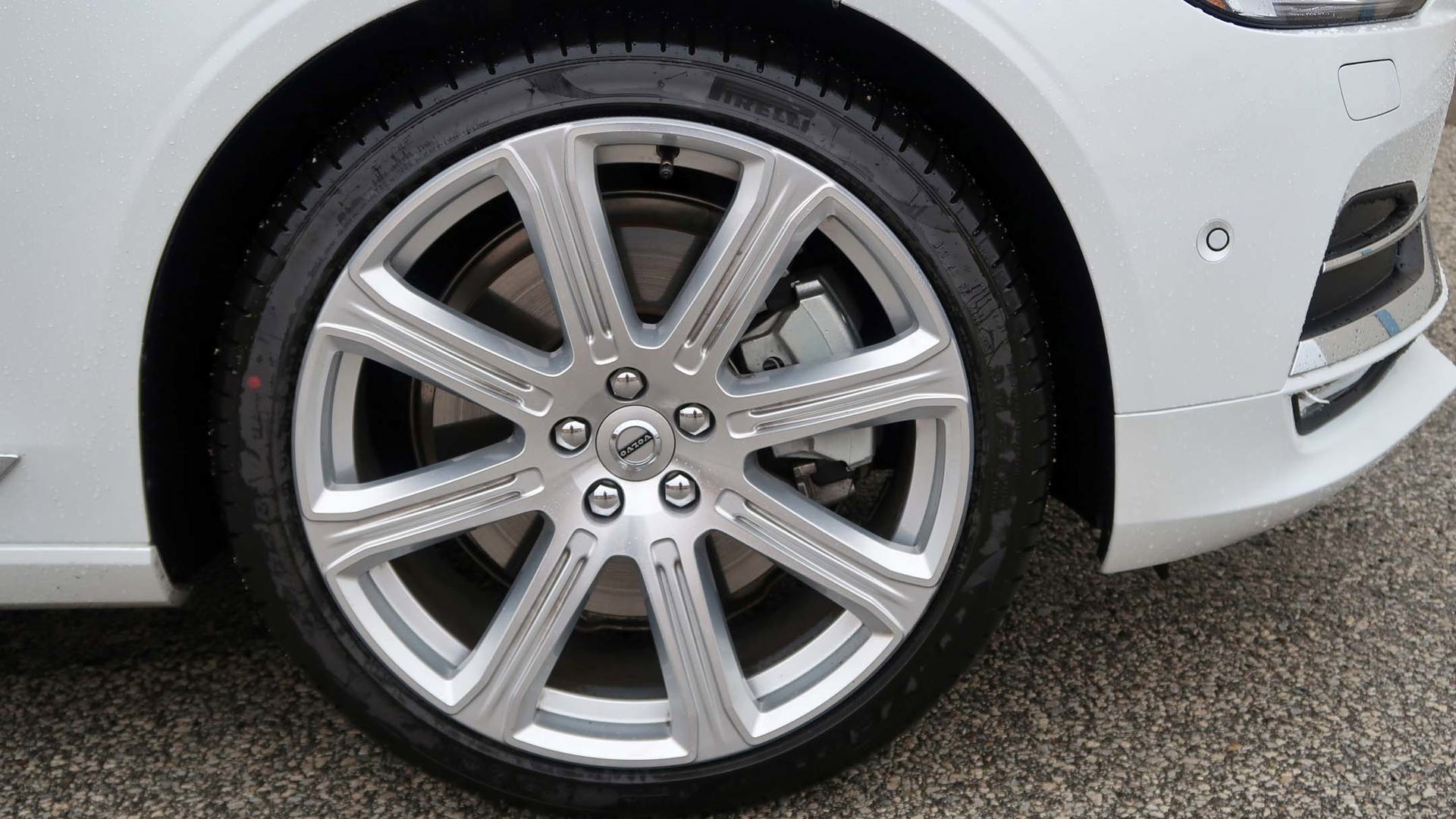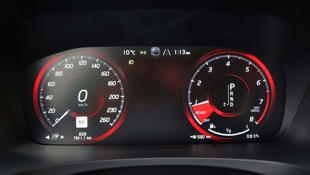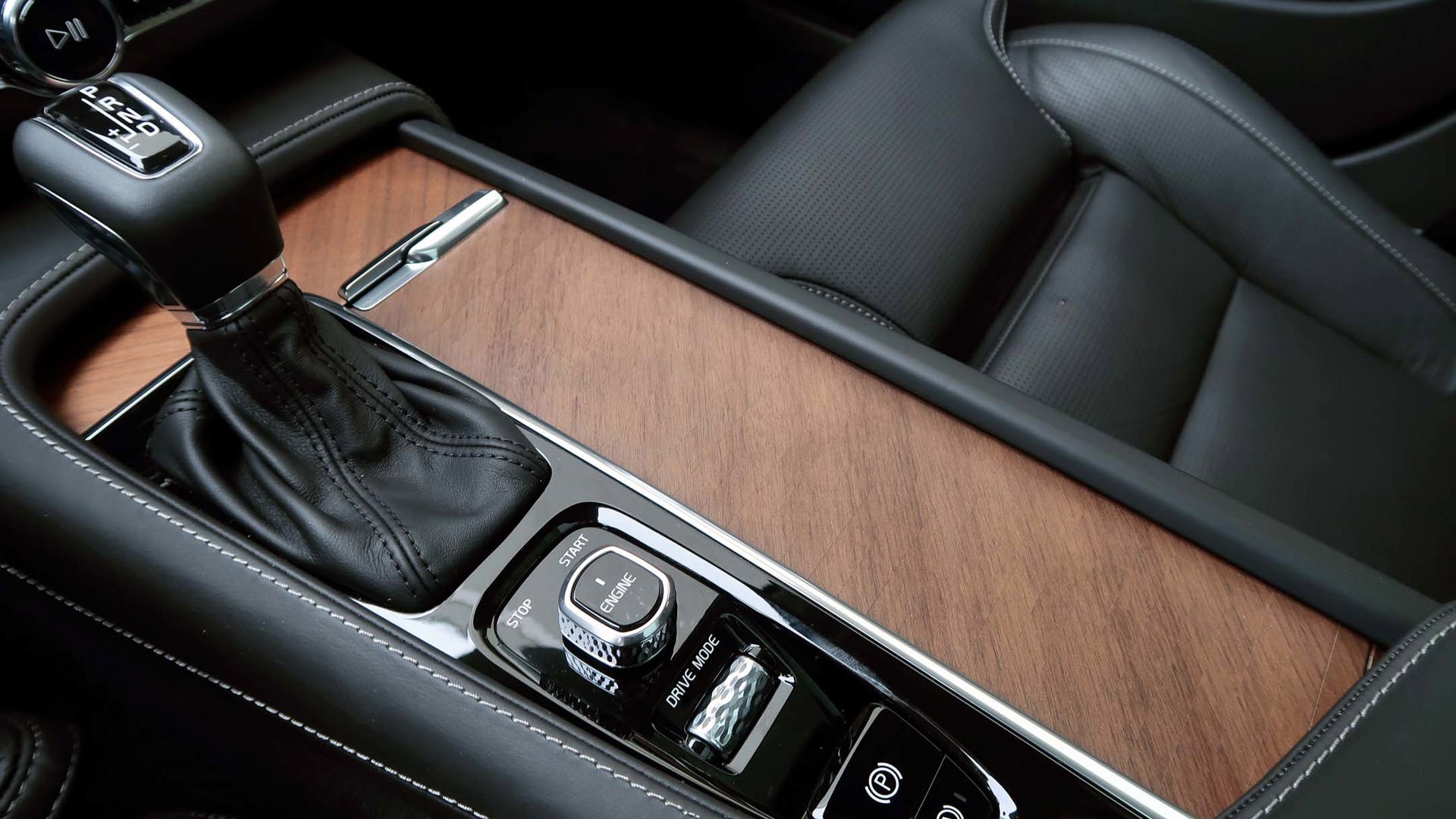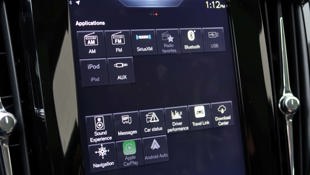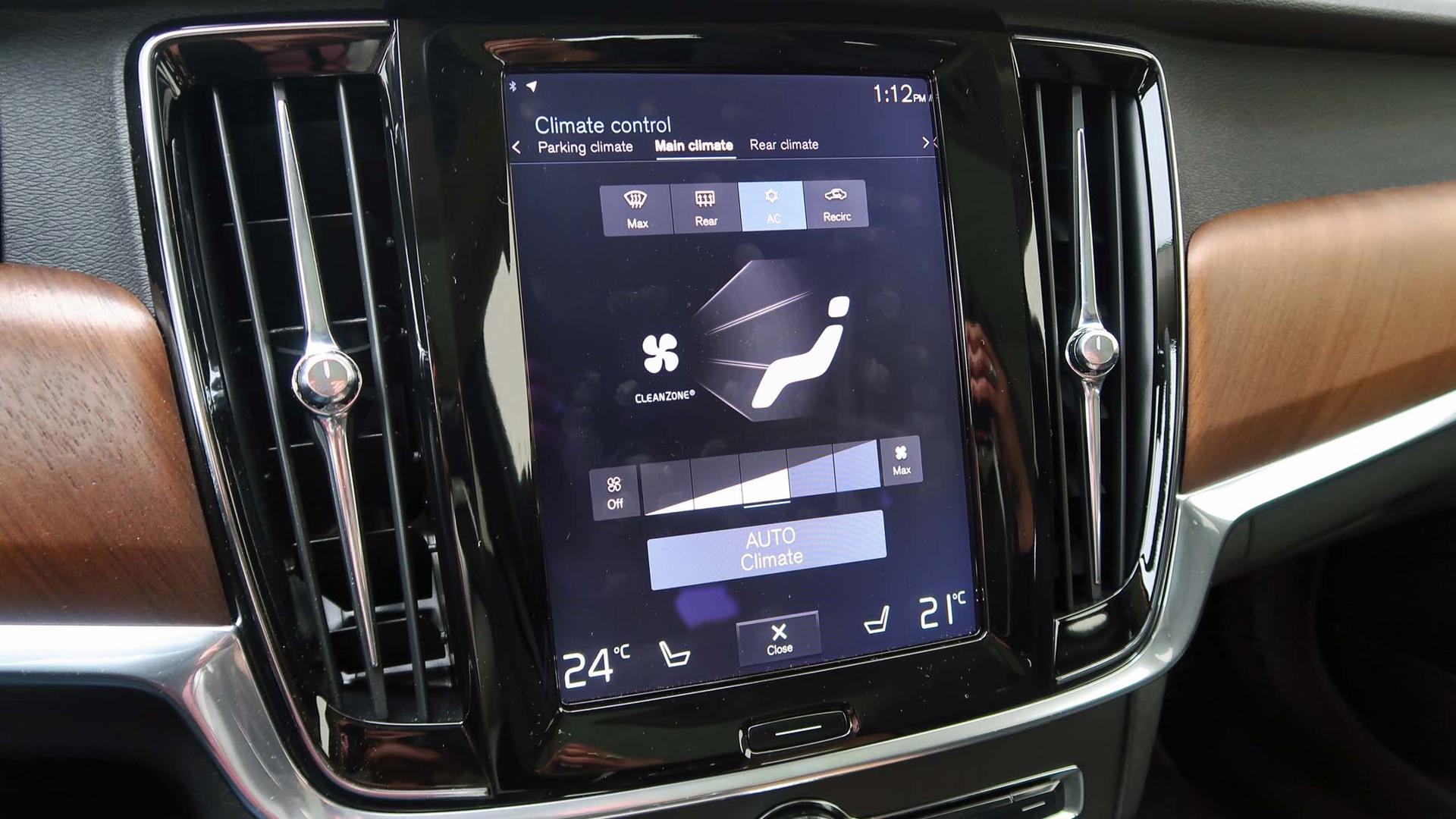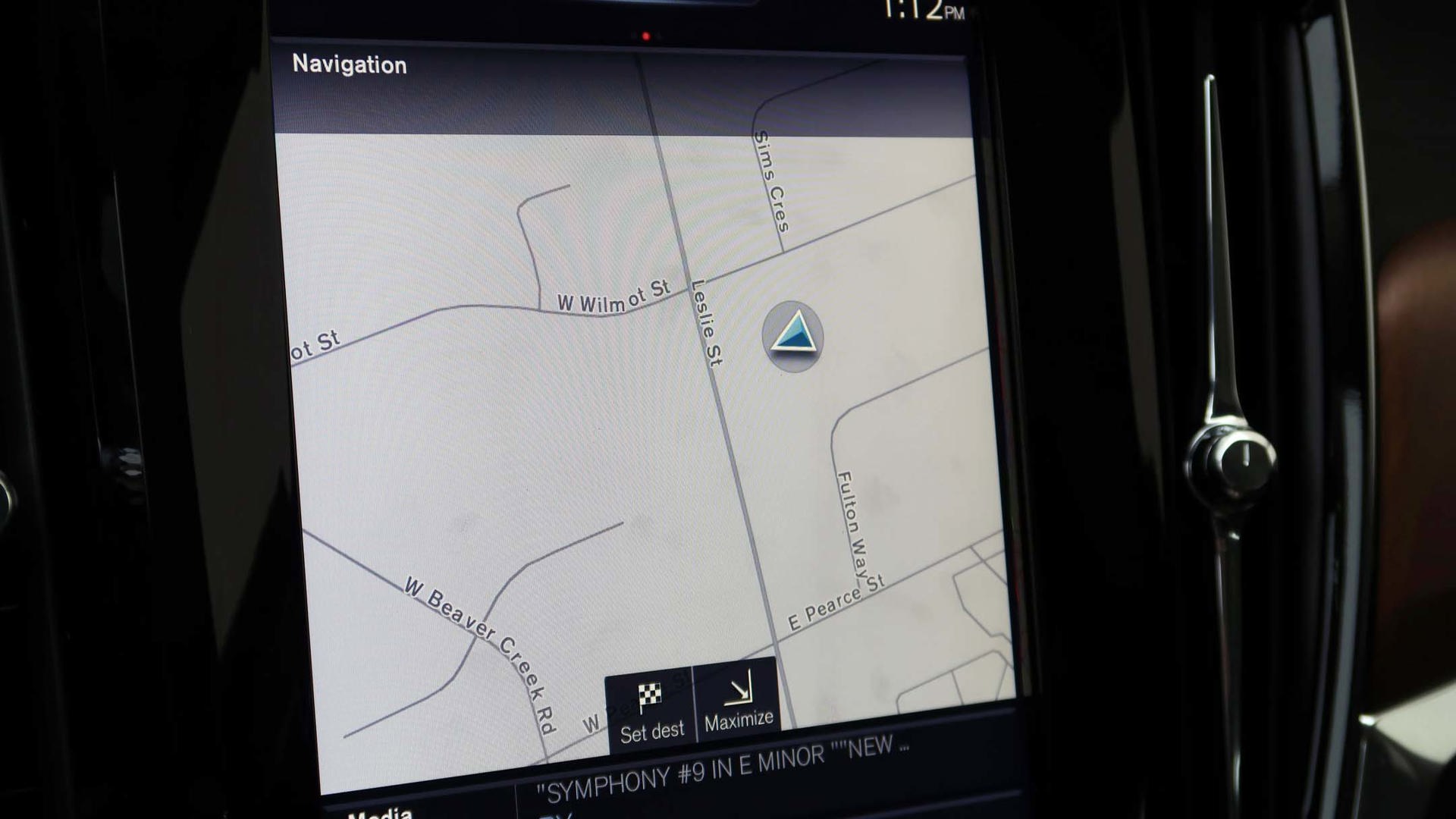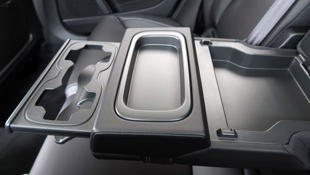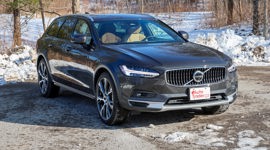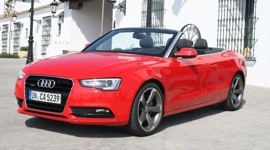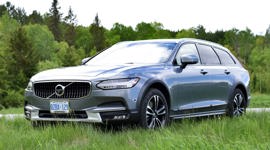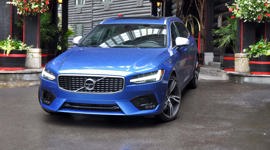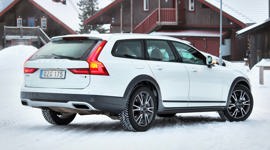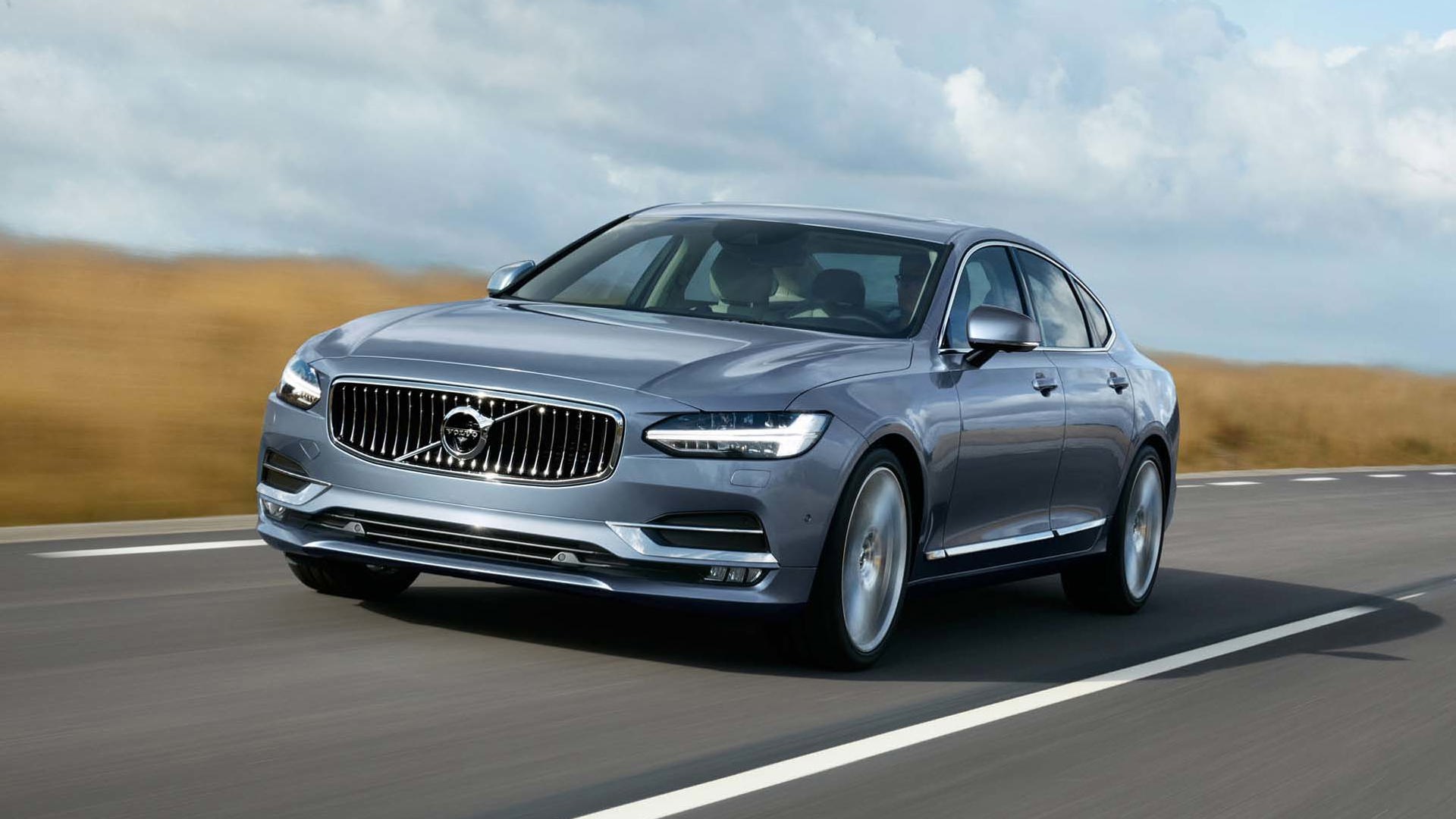 AutoTrader SCORE
AutoTrader SCORE
-
STYLING9/10
-
Safety9/10
-
PRACTICALITY9/10
-
USER-FRIENDLINESS9/10
-
FEATURES8/10
-
POWER8/10
-
COMFORT9/10
-
DRIVING FEEL8/10
-
FUEL ECONOMY8/10
-
VALUE7/10
One thing I’ve never figured out is why the station wagon went out of style. It got run over by SUVs and crossovers, and that never should have happened. Wagons offer up essentially the same amount of passenger and cargo space as utility vehicles, but with a lower ride height for better handling. And in the case of Volvo’s new V90 wagon, they can be drop-dead gorgeous on top of it.
The priority here is the luxury experience. All that was missing was my country estate and string of polo ponies, and maybe some tweed.
All-new for 2017, the V90 is the full-roof-to-the-rear version of the equally-fresh S90 sedan. Both ride on a version of Volvo’s Scalable 90-series platform architecture, which also underpins the XC90, and which can be lengthened or shortened as needed. For those who want more of a utility approach, there’s also the V90 Cross Country, which is the V90 with more ground clearance and a bit of cladding.
The V90 comes in three trim levels, all with all-wheel drive: the Momentum at $59,900; the R-Design at $64,450; and my tester, the top-level Inscription at $66,050. Volvo offers numerous options, and mine was lavishly appointed with packages and standalone options that brought it to a hefty $79,323 before freight and taxes. Some were the expected type of extra-charge add-ons, such as a $3,250 Bower & Wilkins premium sound system. But there were a few I thought would have been thrown in, especially on the highest trim, such as blind-spot monitoring, a 12-volt outlet in the cargo compartment, and a heated steering wheel, all of which were salted among three separate packages.
Volvo continues its new policy of only putting four connecting rods in the engine block. The V90’s 2.0L four-cylinder, dubbed the T6 and shared with the S90 and XC90, contains both a supercharger for low-end power, and a turbocharger for the higher end. The two combine for a solid punch that stays strong all the way around the tach, without the slightest hint of lag. At 316 horsepower and 295 lb-ft of torque, which peaks at 2,200 rpm, this four-cylinder feels like there’s at least a six-banger or maybe even a small V8 under the hood. The creamy eight-speed automatic just makes everything better.
There’s an automatic stop-start system, which shuts the engine off at idle to reduce consumption and emissions. It got lurch-y a couple of times when it did, and I generally took advantage of the fact that it can be temporarily disabled. Even with very few fuel-free stopovers, I averaged 10.0 L/100 km. I thought that was pretty good, especially since the capless fuel filler prefers 91 octane.
The driving experience is all about “smooth and luxurious”, with precise and well-weighted steering. My wagon had an optional active chassis with rear air suspension, a $2,350 option, which eliminated any potential big-car wallow around corners and provided lots of protection from road rash making its unwanted way into the cabin. It’s definitely not a sports model, but that isn’t the point: the priority here is the luxury experience. All that was missing was my country estate and string of polo ponies, and maybe some tweed.
The all-wheel system is front-biased, and in the larger US market it’s possible to get a FWD-only version, powered by a turbo-only four-cylinder dubbed the T5. But even though the majority of power goes to the front under most driving conditions, the V90 never feels like it’s being pulled around. Instead, it’s beautifully balanced and confident at all four corners.
The handsome exterior features a snub-nose grille, active LED headlights with pressurized spray-cleaners, power liftgate, and a panoramic sunroof. While you pay extra for the blind-spot warning, the standard-equipment list includes adaptive cruise control, lane-departure mitigation, and an emergency system recognizes if you’re about to thwack a pedestrian or another vehicle. If you’re oblivious to its warning, it slams on the brakes.
The interior is equally good-looking, with walnut accents on the top-line Inscription in place of metallic ones on the lower trims. Eight-way power seats for both driver and front passenger are standard, and they offer just enough softness with excellent support. The rear seats are also well-bolstered and comfortable, with impressive legroom. The cargo compartment is a three-stage show of practicality, with an expansive flat floor that lengthens with the power-folding seats, a shallow hidden cubby below with a convenient prop rod to hold it up when loading items, and a clever panel that lifts up, with grocery bag hooks at the top, to corral your shopping.
But as lovely as the cabin is – including a neat button that you twist to start the engine – I’m not enamored with the large centre screen that’s used to control most of the functions. The front defroster and rear defogger are hard buttons, but pretty much everything else, including the climate control and heated seats, are activated through the screen after you’ve swiped between the various pages. There isn’t much of a learning curve for the various pages and icons, but as with any type of flat-glass system, you need to take your eyes off the road to be sure you’re on the right page – and then hitting the right icon.
There is voice recognition for several functions, including changing the cabin temperature, but there’s still too much eyes-off-the-road for my liking. I know I’m spitting into the wind, with so many people hooked on these phone-style control systems, but I’m still of the old school that when one is driving, distractions should be minimal. Hard buttons aren’t always pretty, but they’re practical.
As much as I don’t like the control screen, it’s not enough to turn me off this otherwise lovely car. Volvo has done a great job on this wagon, and it’s a smooth and luxurious ride. If you’re thinking about a luxury sport-ute, give this one a look as well.
| Engine Displacement | 2.0L |
|---|---|
| Engine Cylinders | I4 |
| Peak Horsepower | 316 hp @ 5,700 rpm |
| Peak Torque | 295 lb-ft @ 2,200 rpm |
| Fuel Economy | 295 lb-ft @ 2,200 rpm |
| Cargo Space | 723 L |
| Model Tested | 2017 Volvo V90 T6 Inscription |
| Base Price | $66,050 |
| A/C Tax | $100 |
| Destination Fee | $1,395 |
| Price as Tested | $80,820 |
|
Optional Equipment
$13,275 – Convenience Package (Park Assist Pilot, HomeLink, Compass, 12-volt cargo outlet) $1,500; Vision Package (auto-dimming mirrors, retractable mirrors, blind spot monitoring, visual park assist) $2,000; Climate Package II (heated rear seats, steering wheel, washer nozzles and head-up display) $2,300; Metallic paint $900; Bower & Wilkins premium sound $3,250; rear air suspension and active chassis $2,350; 20-inch diamond-cut wheels $975
|
|
